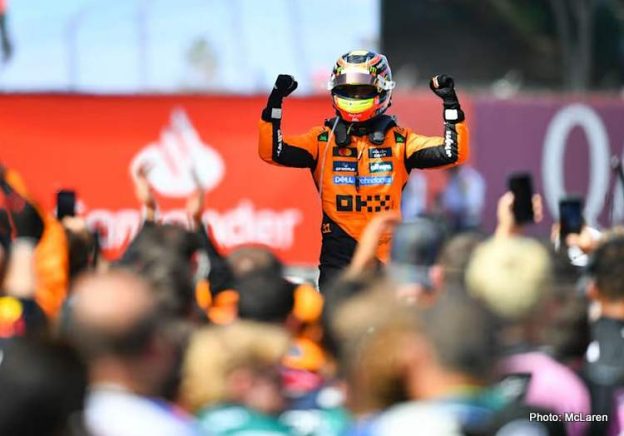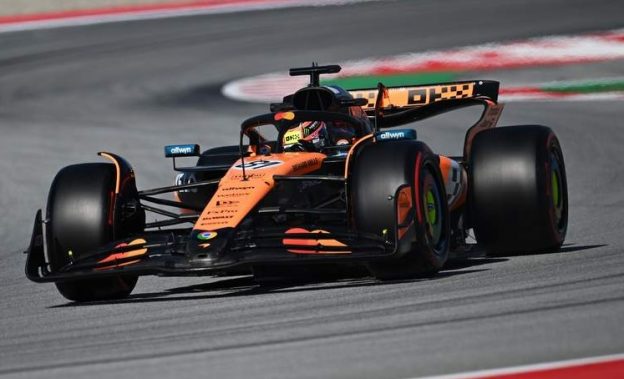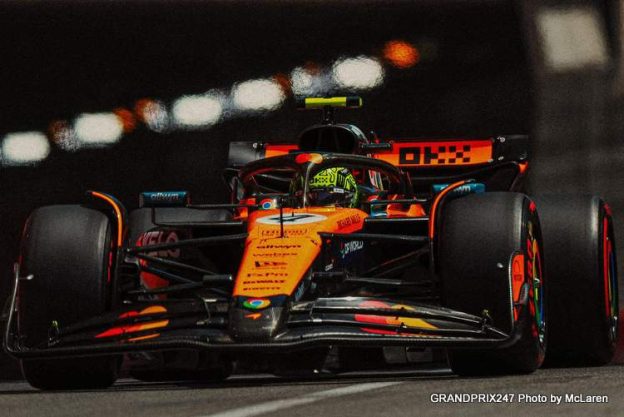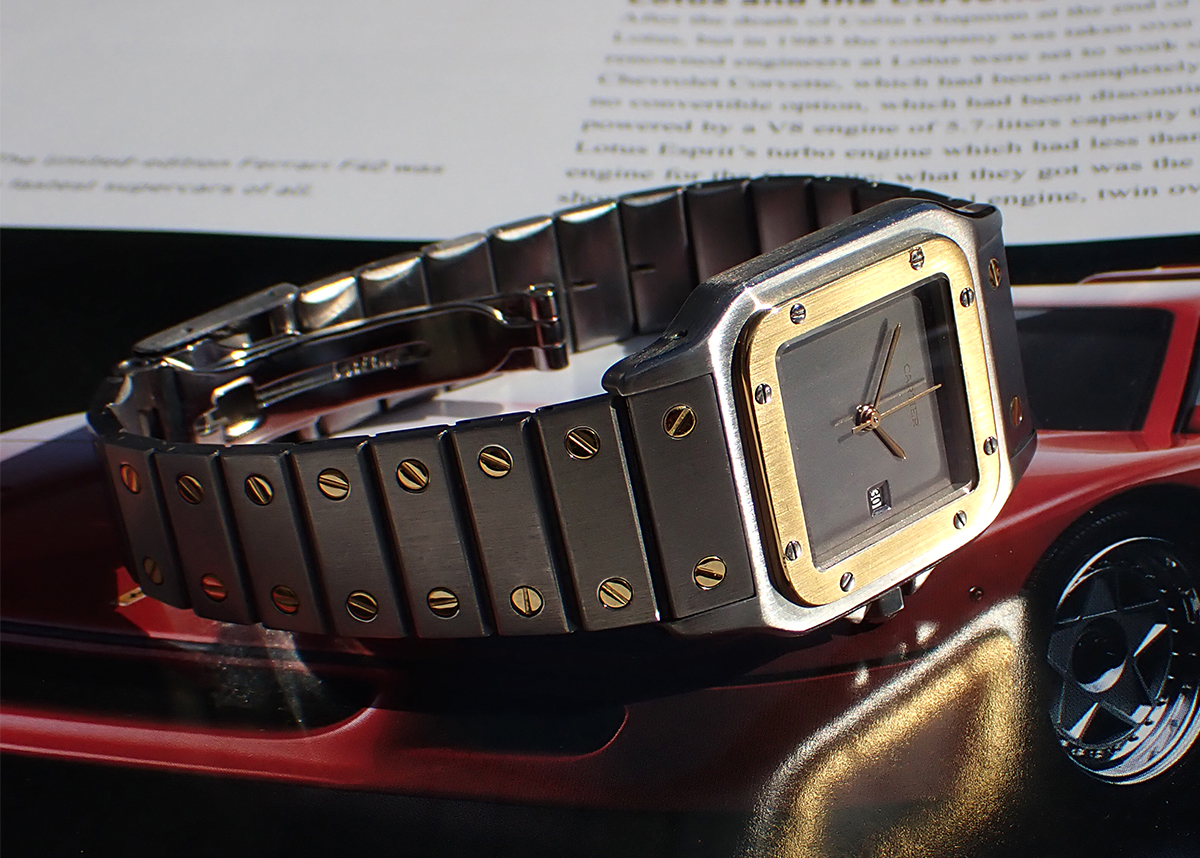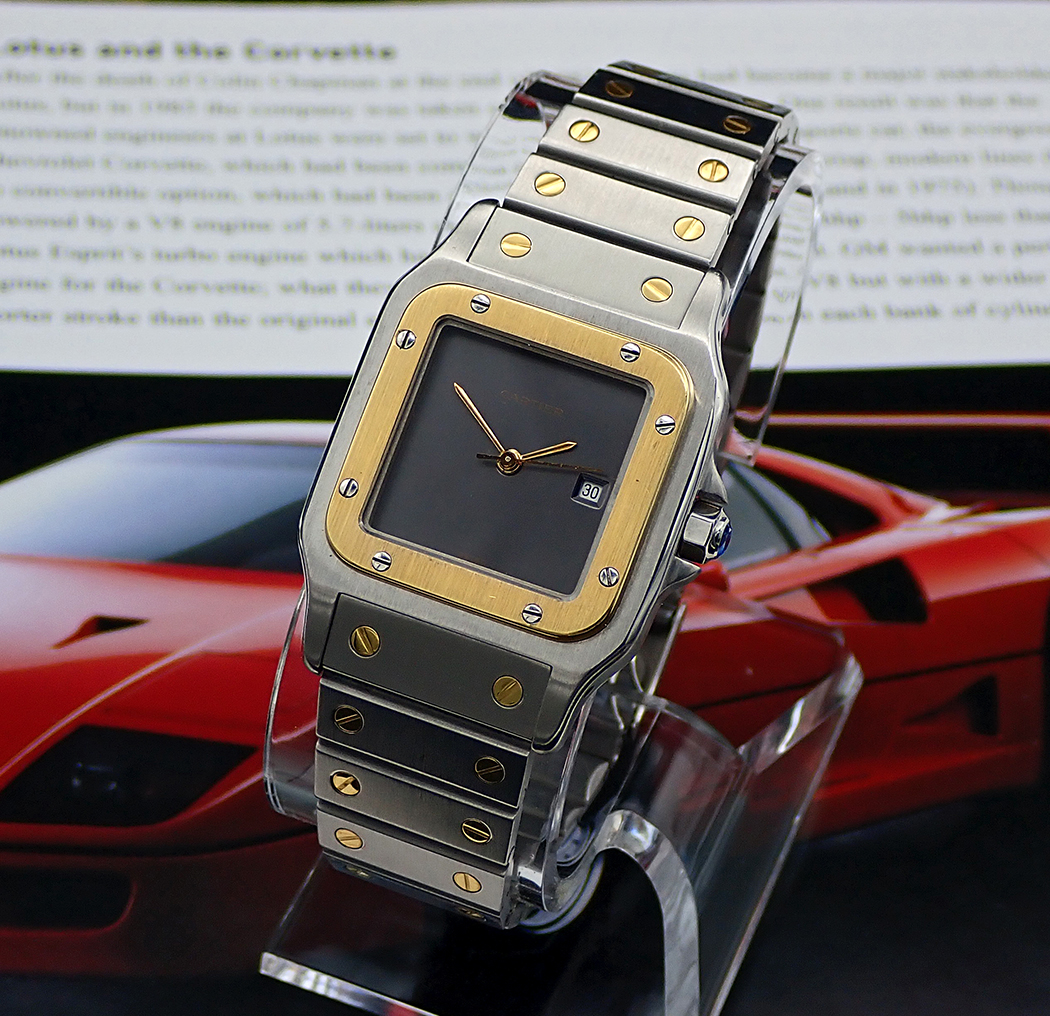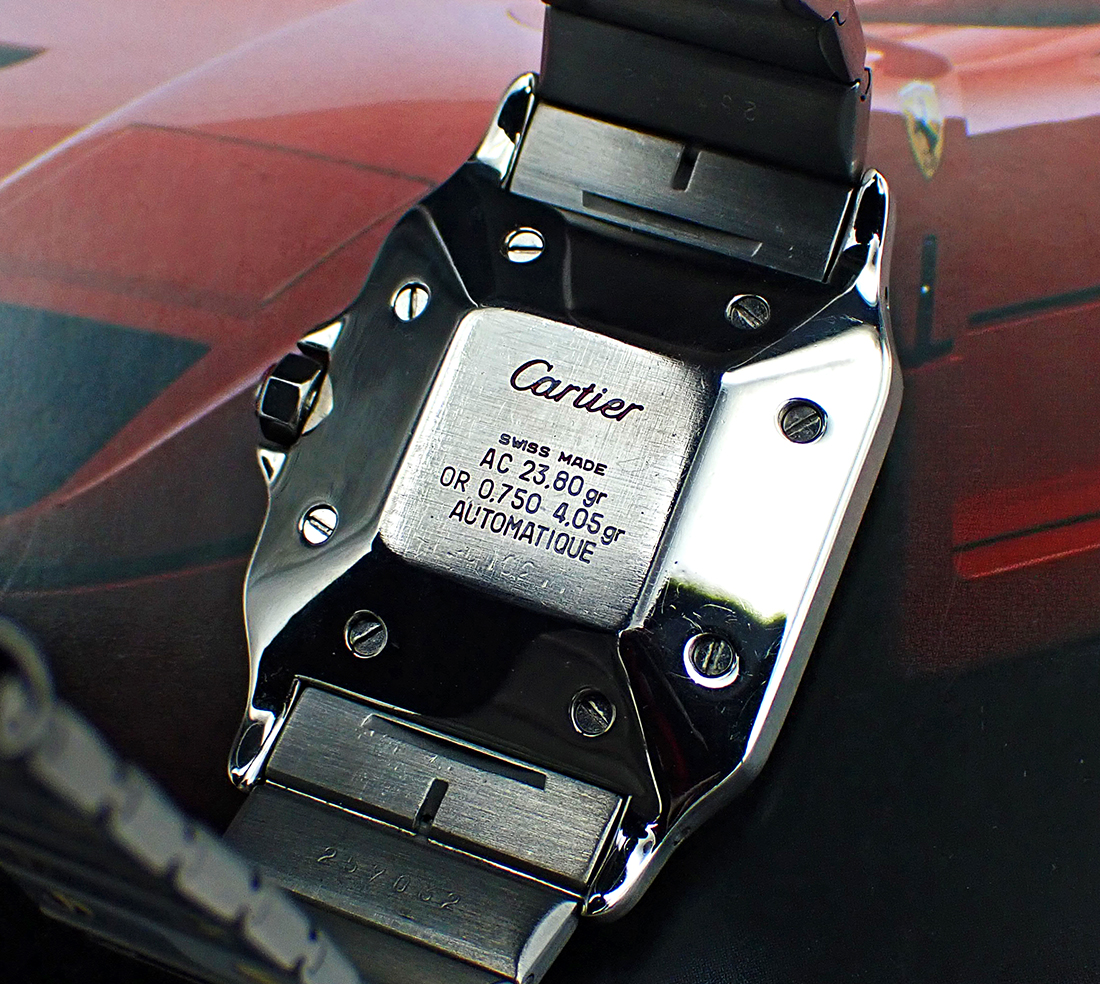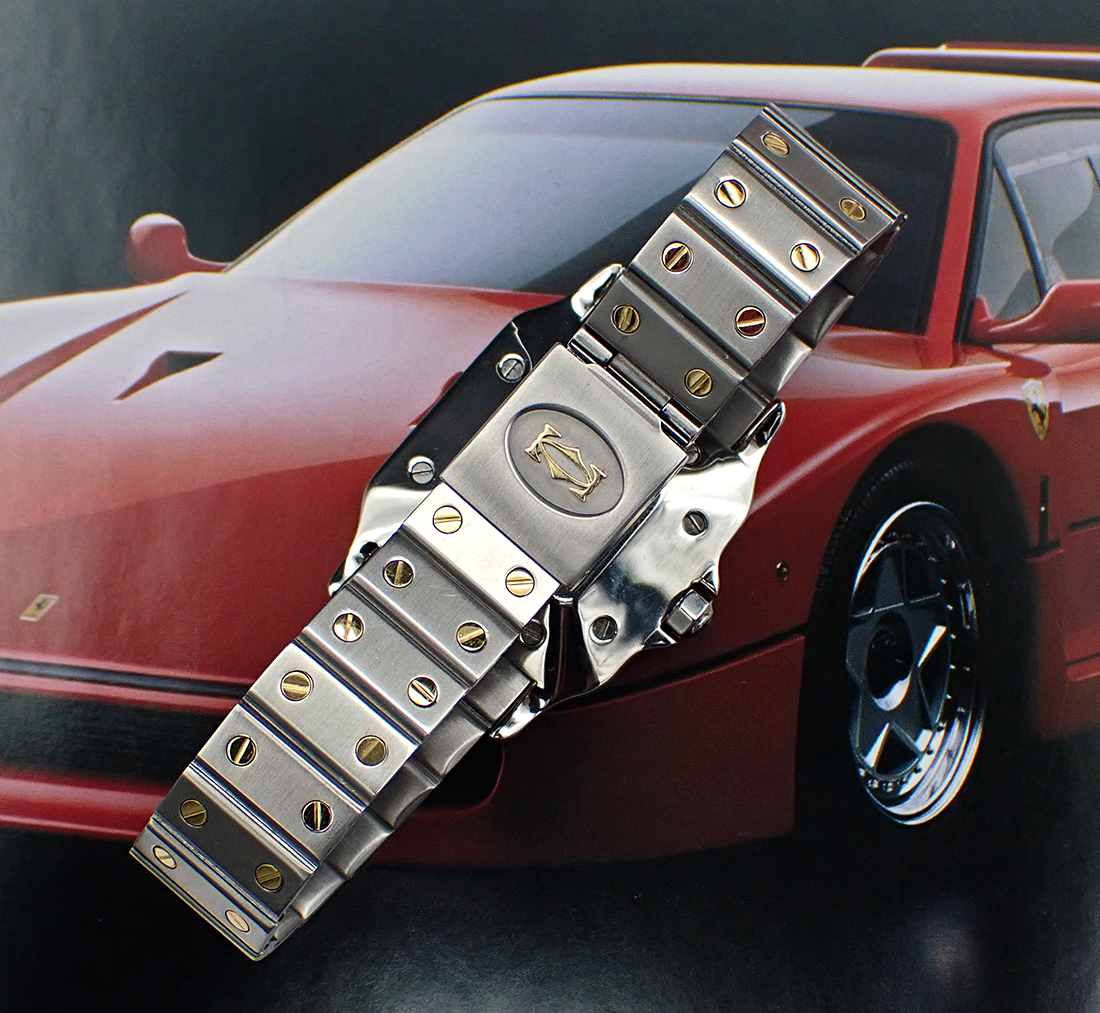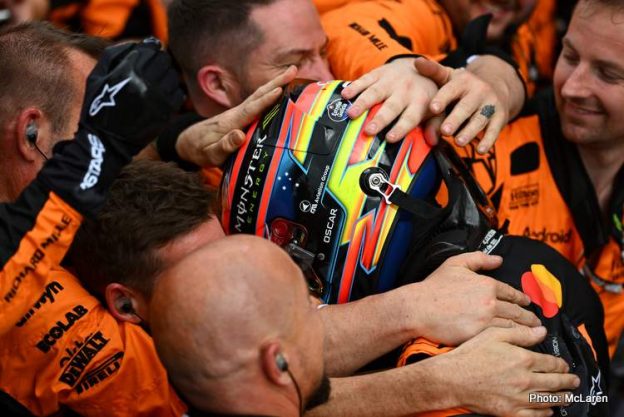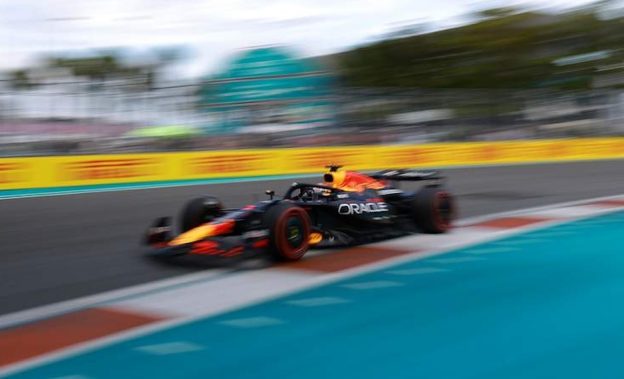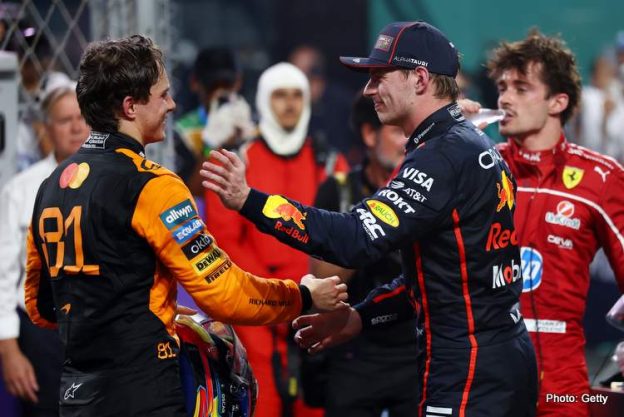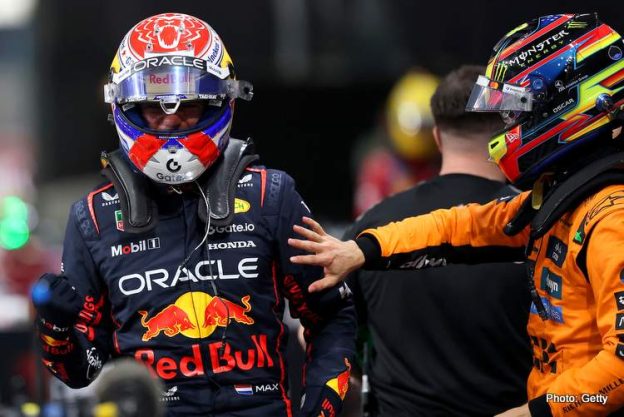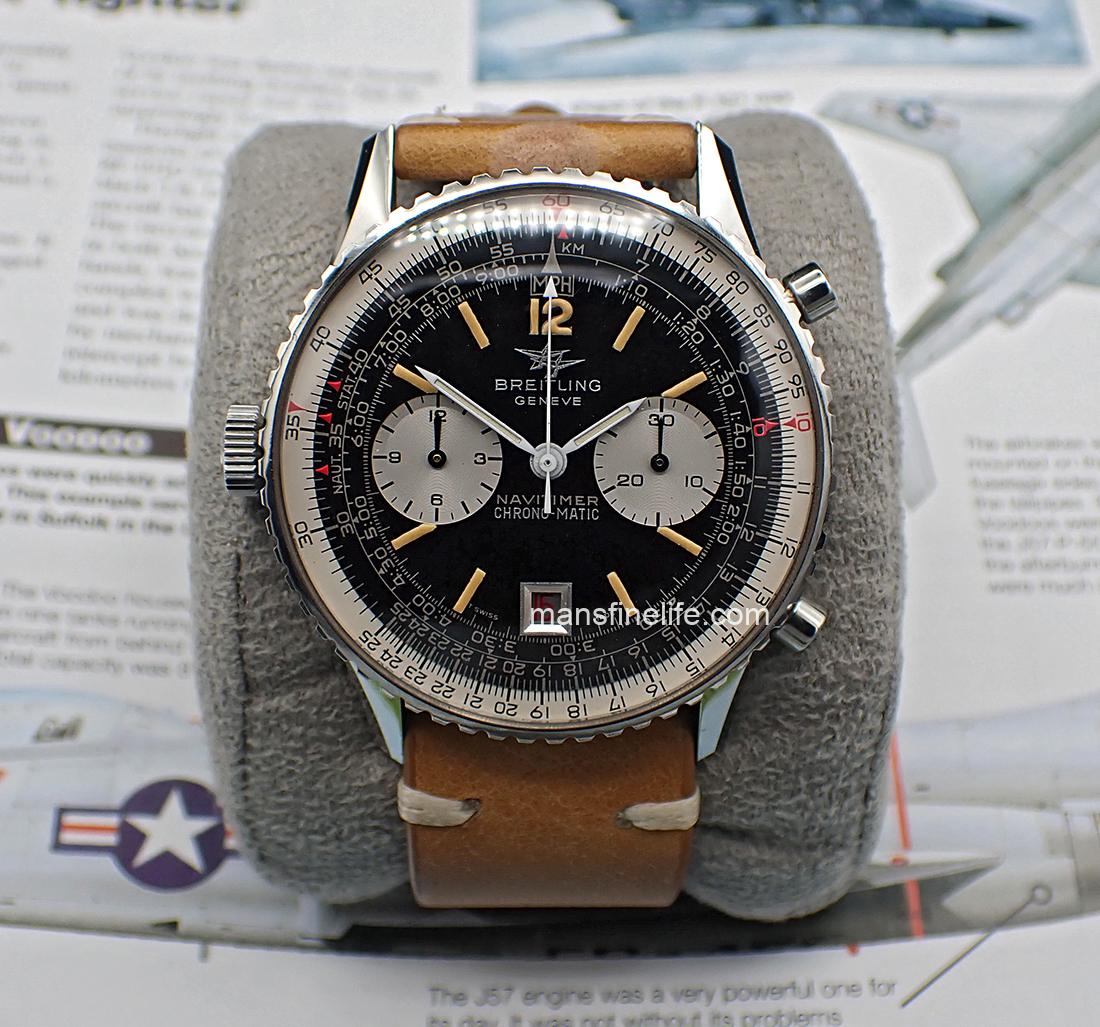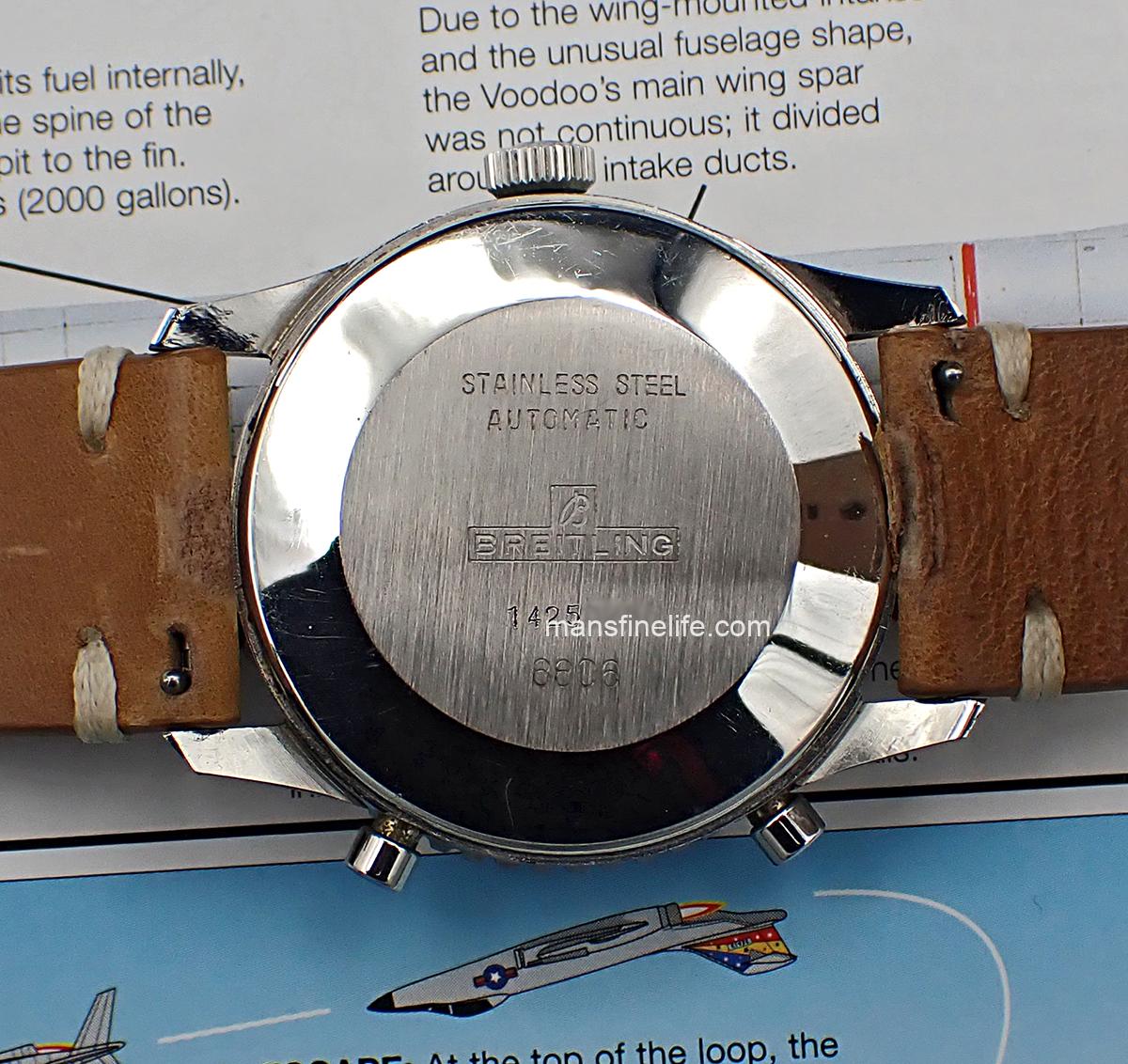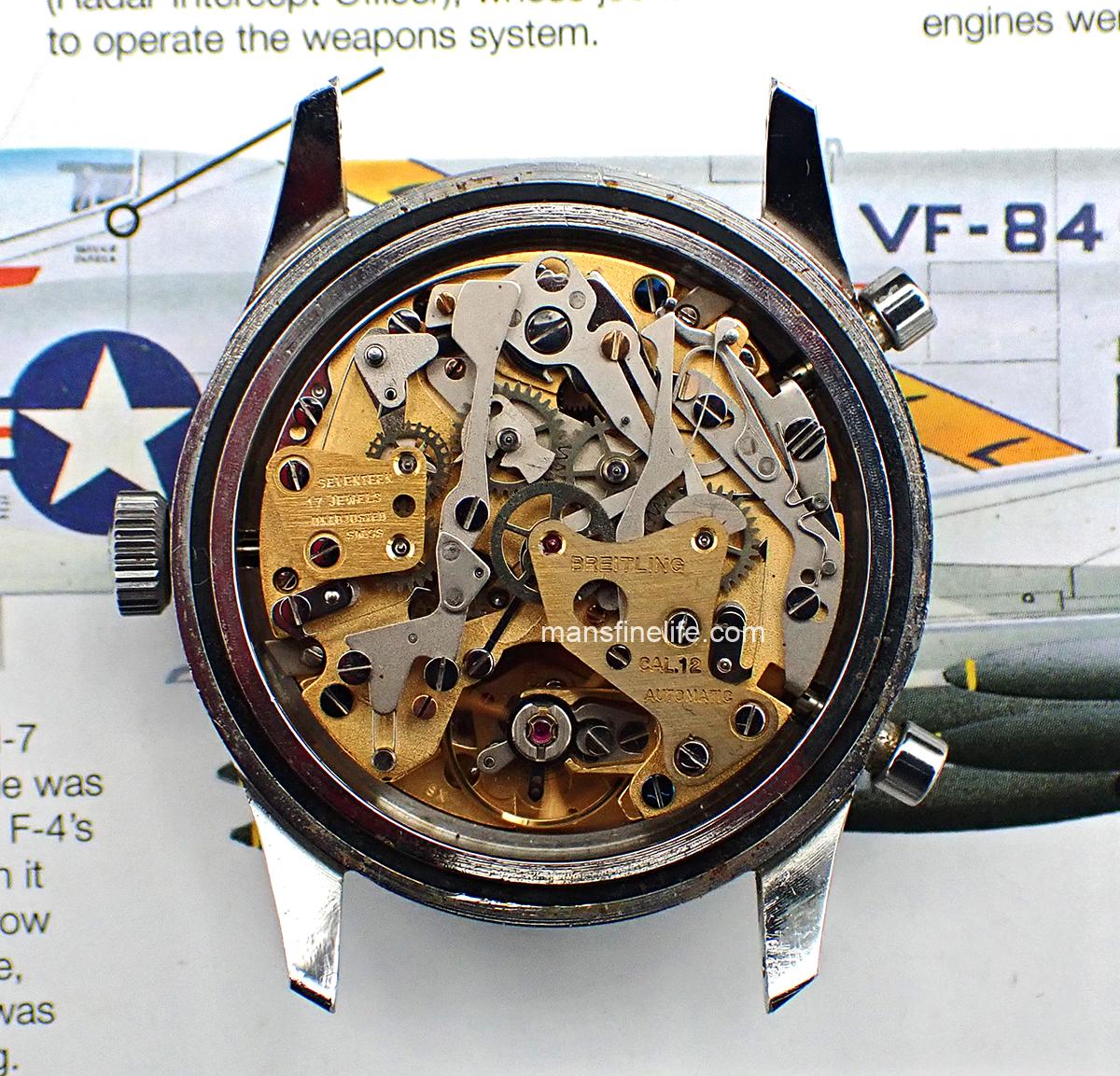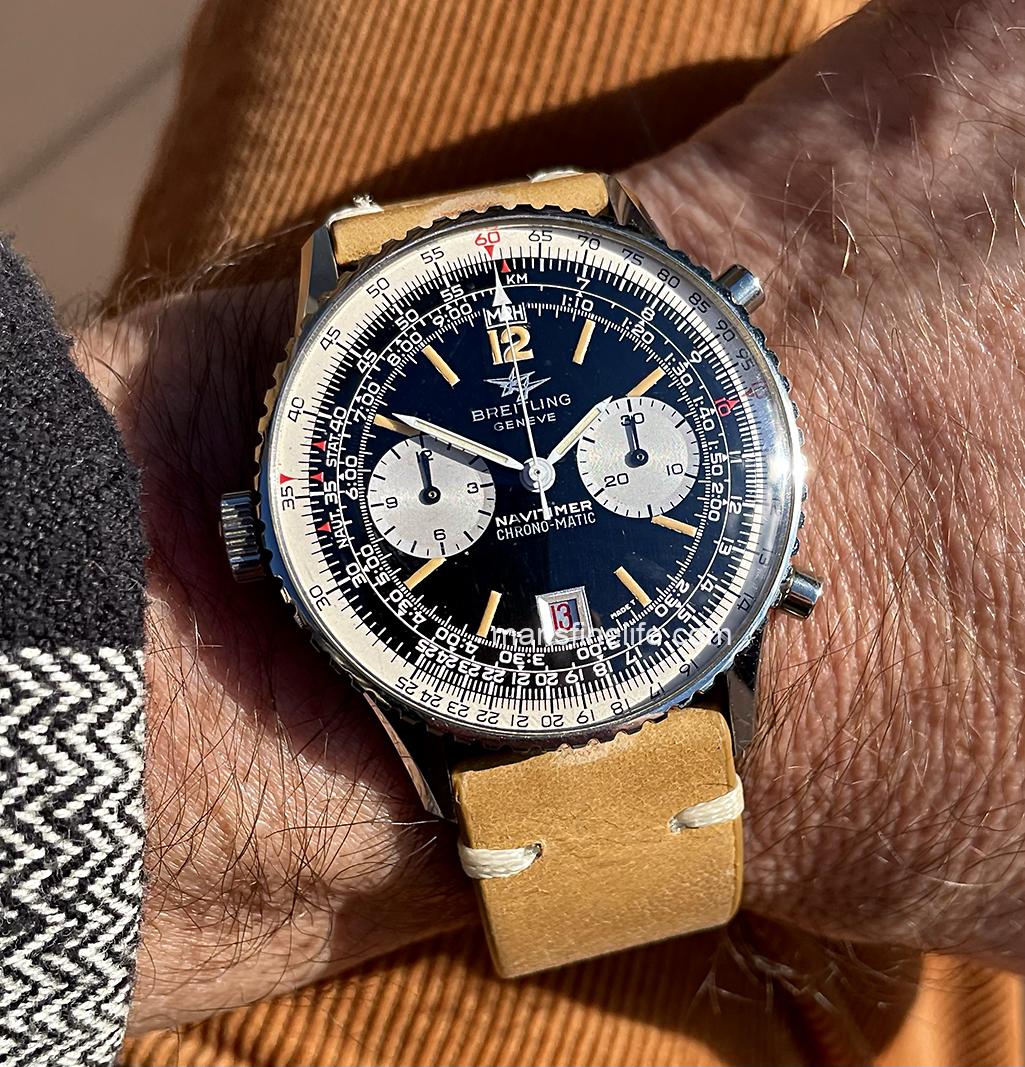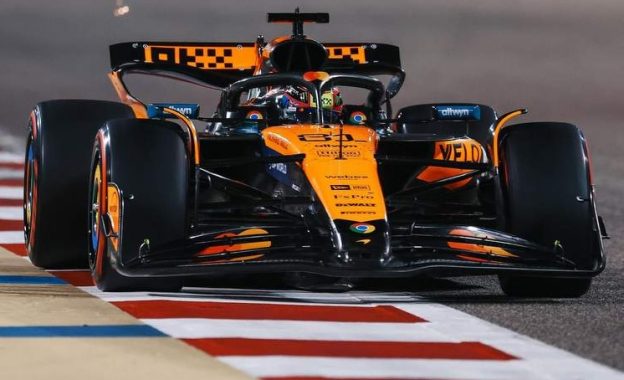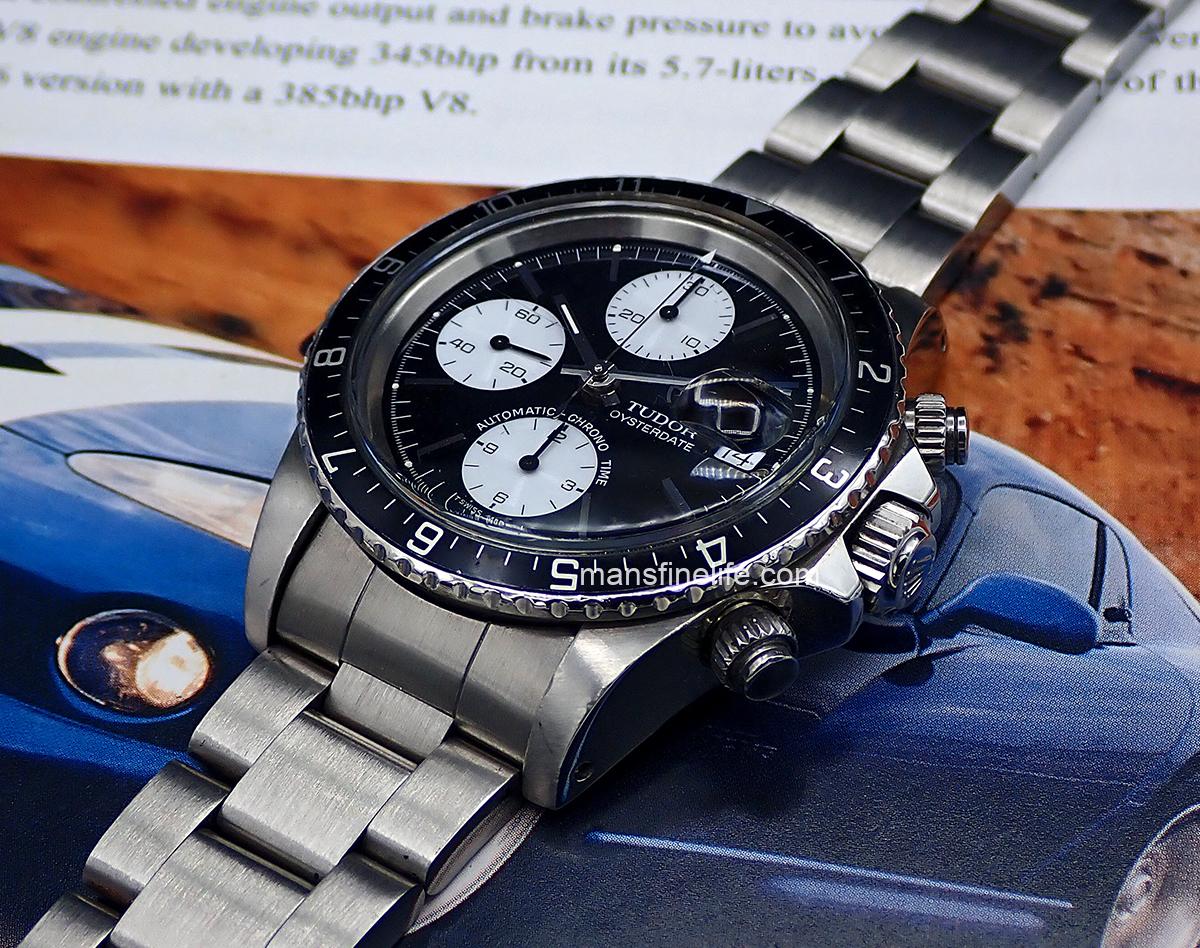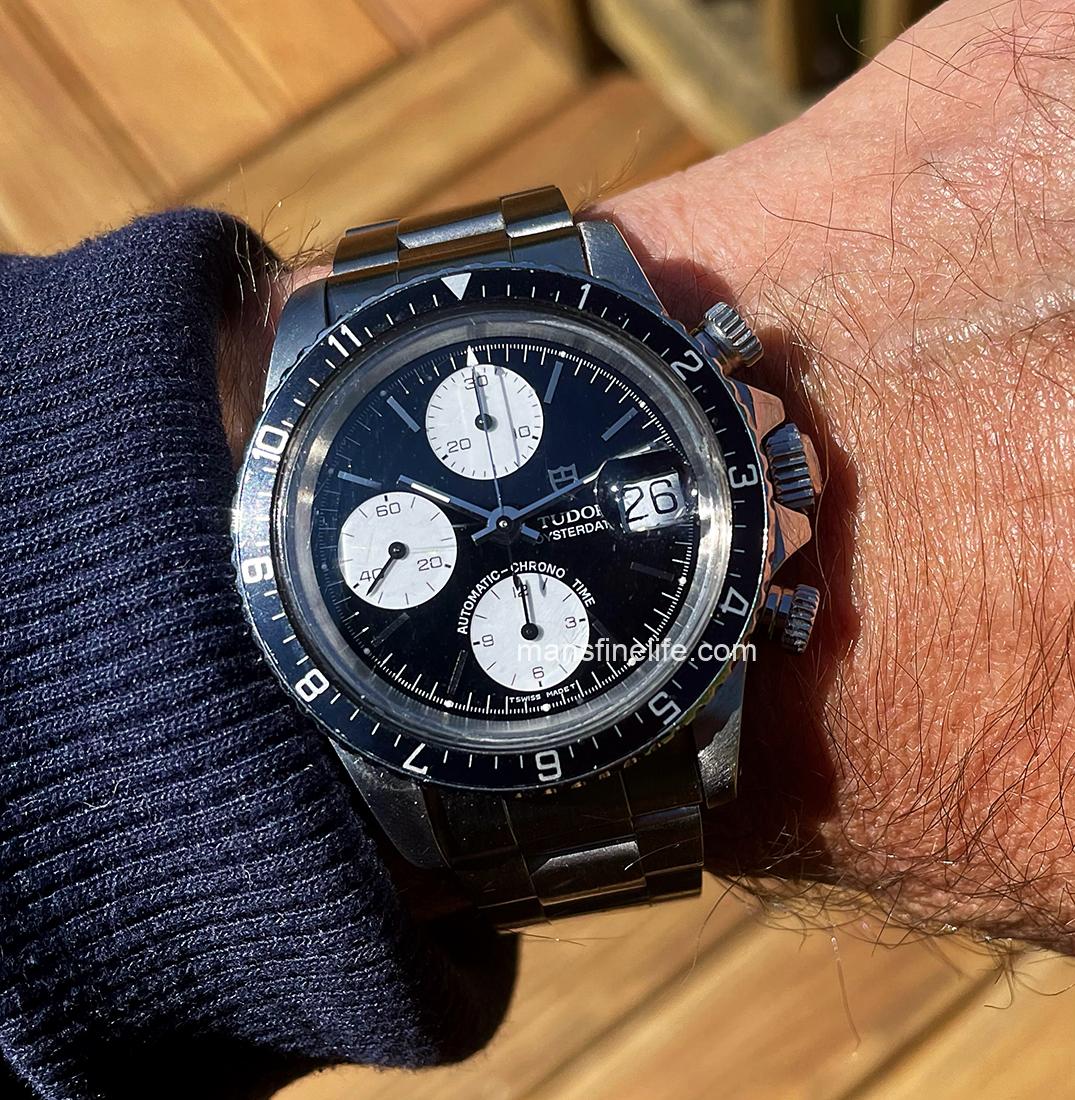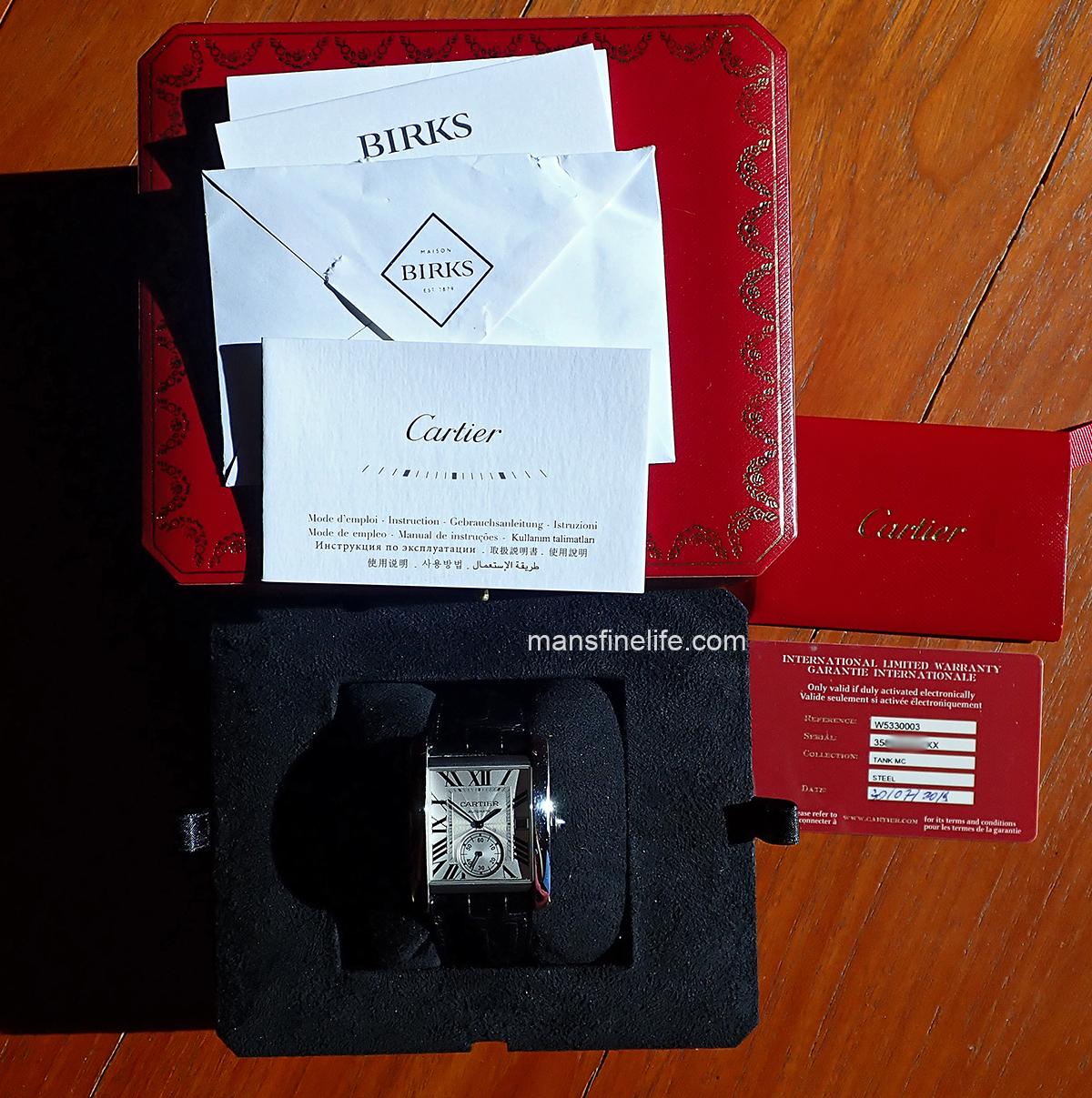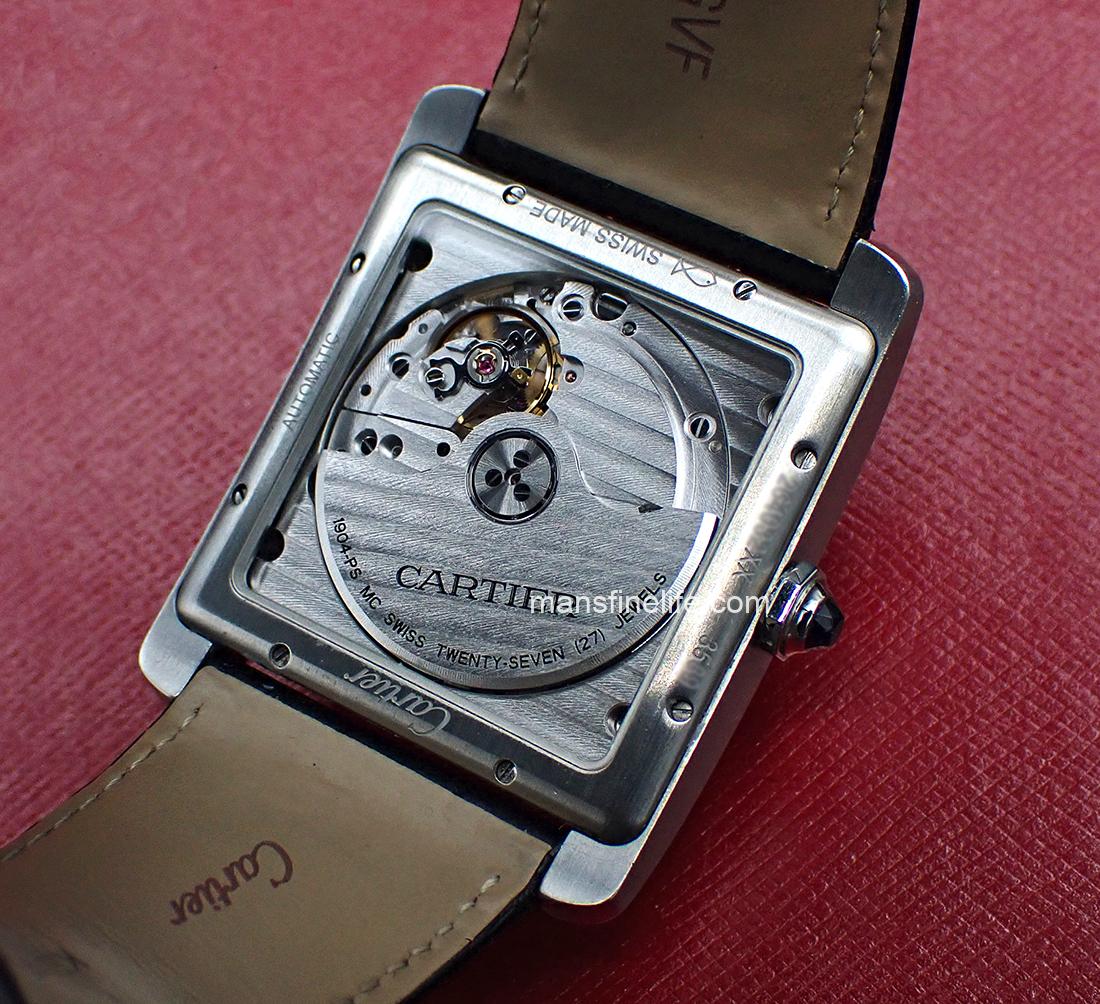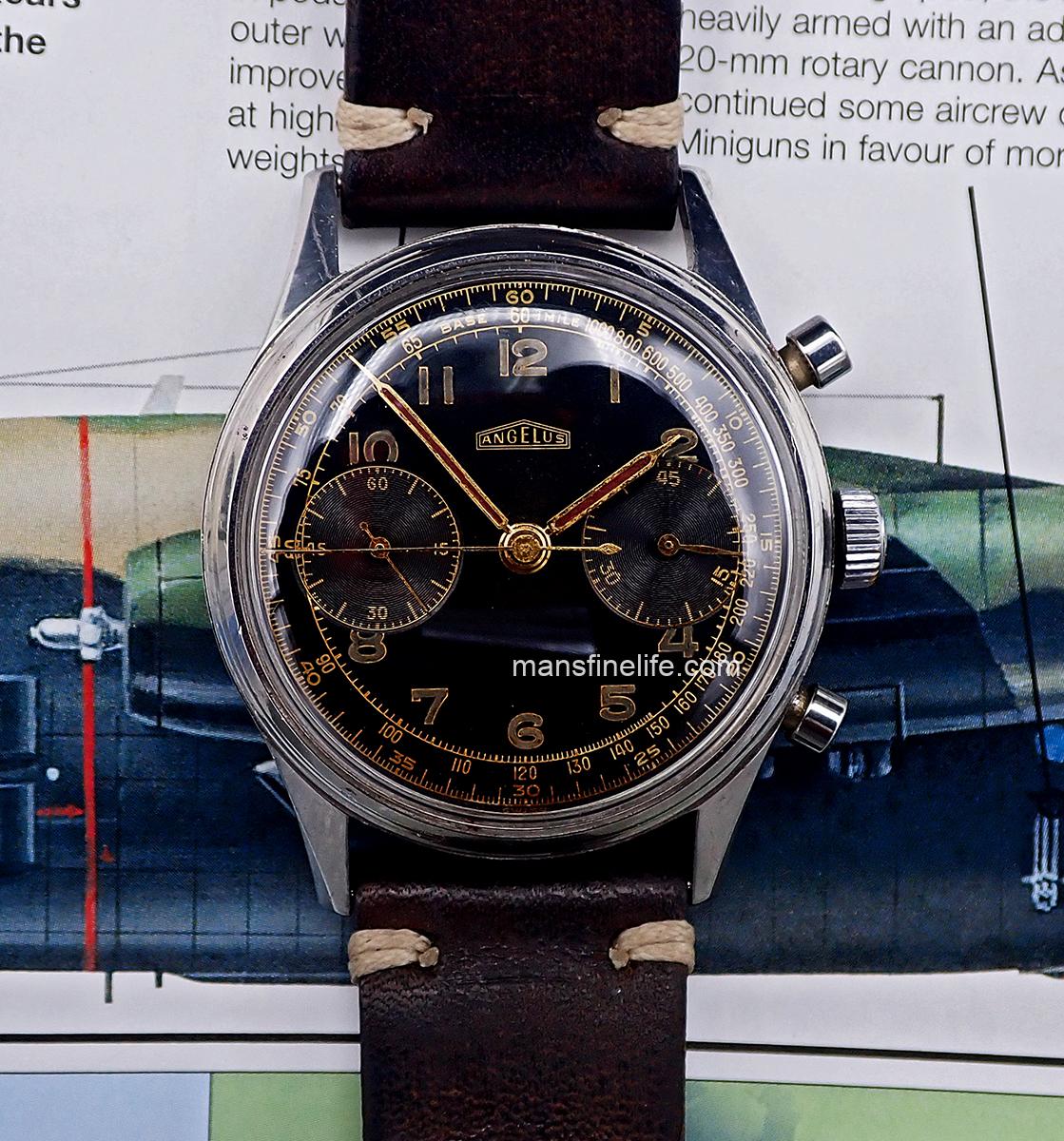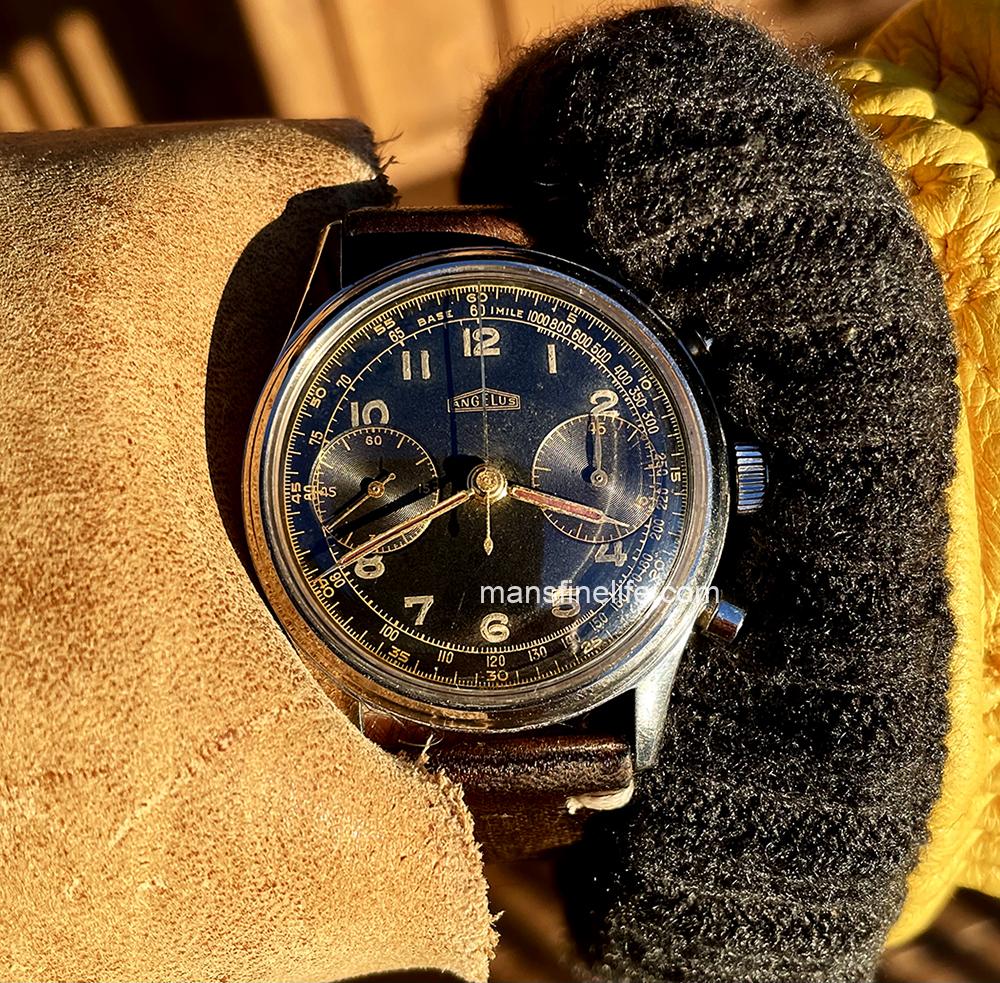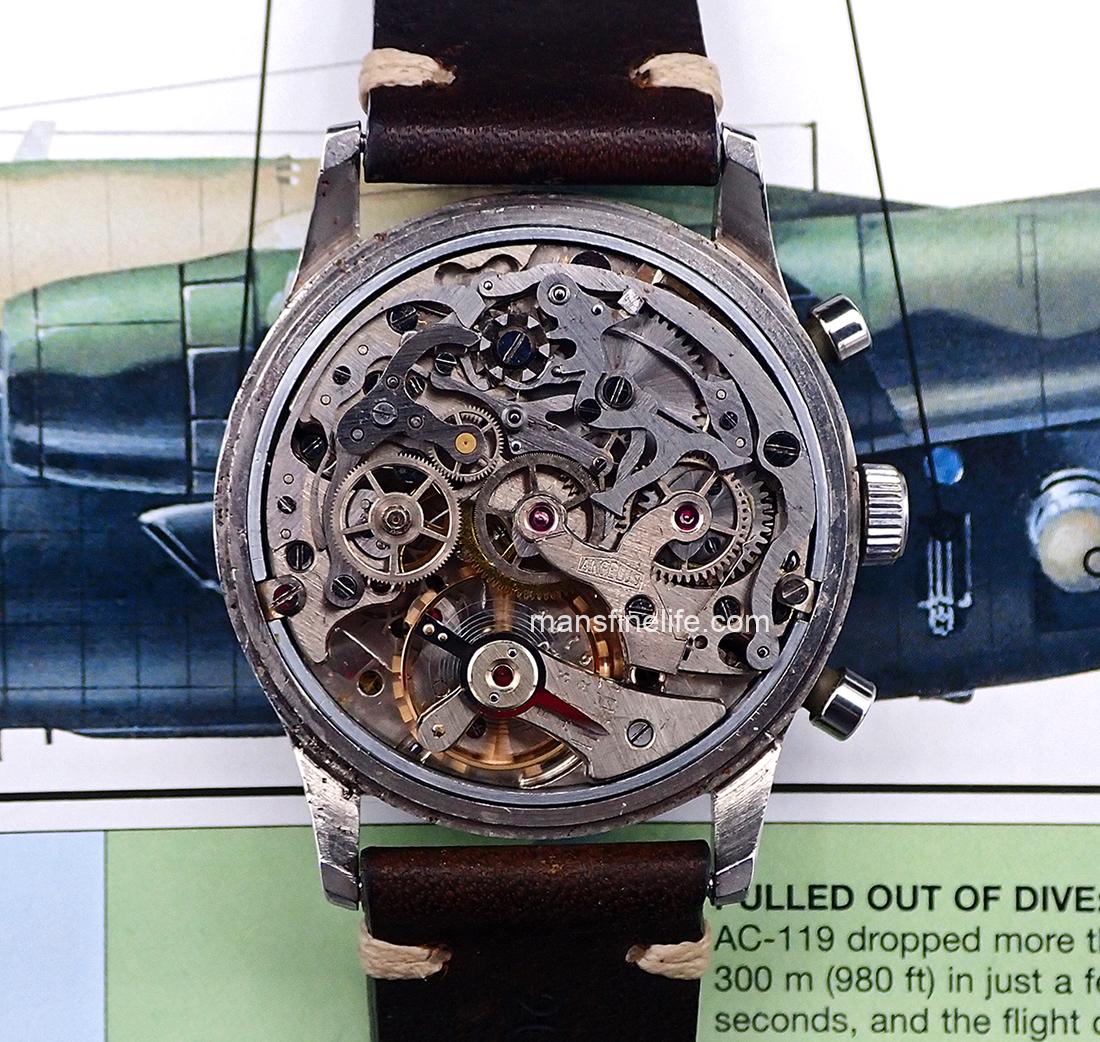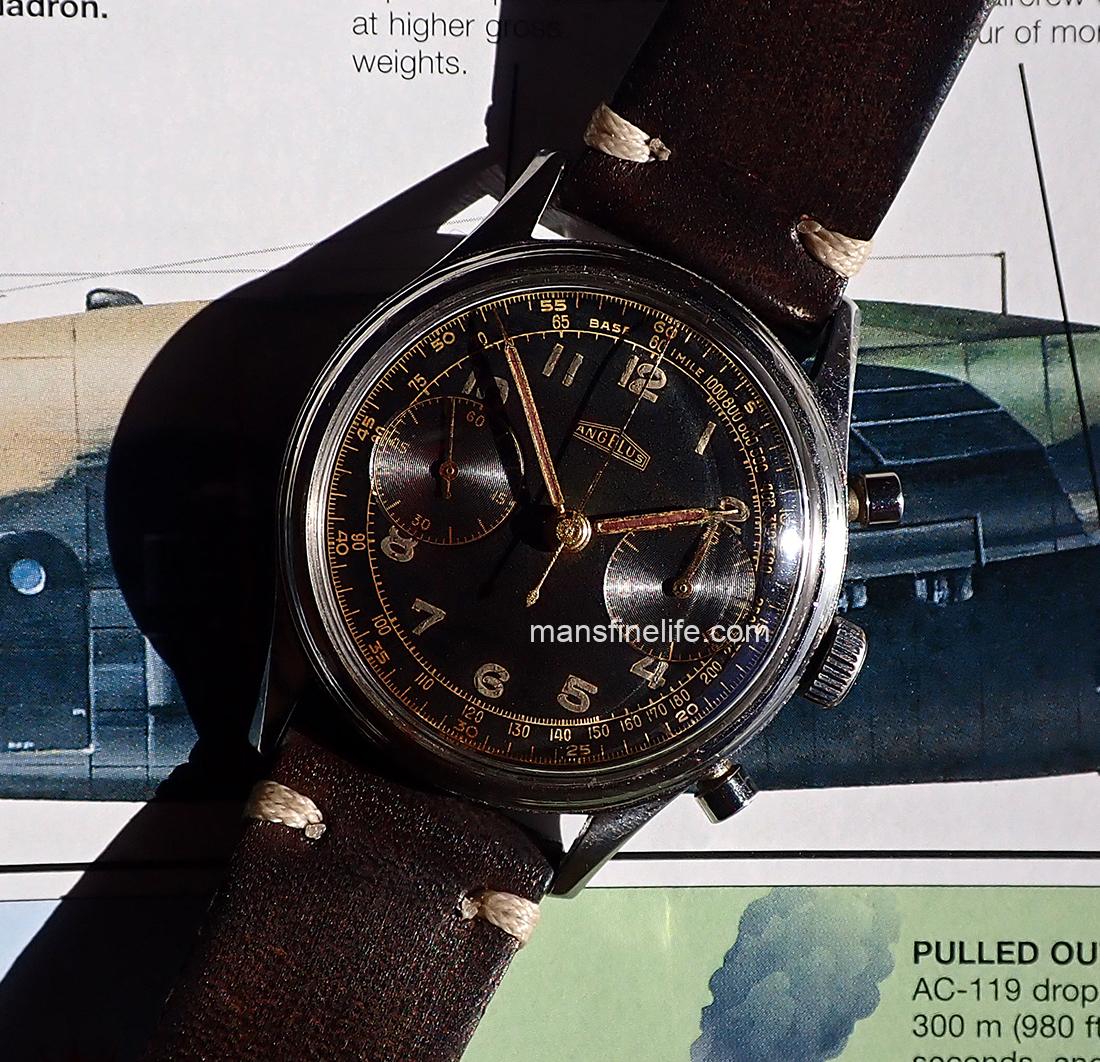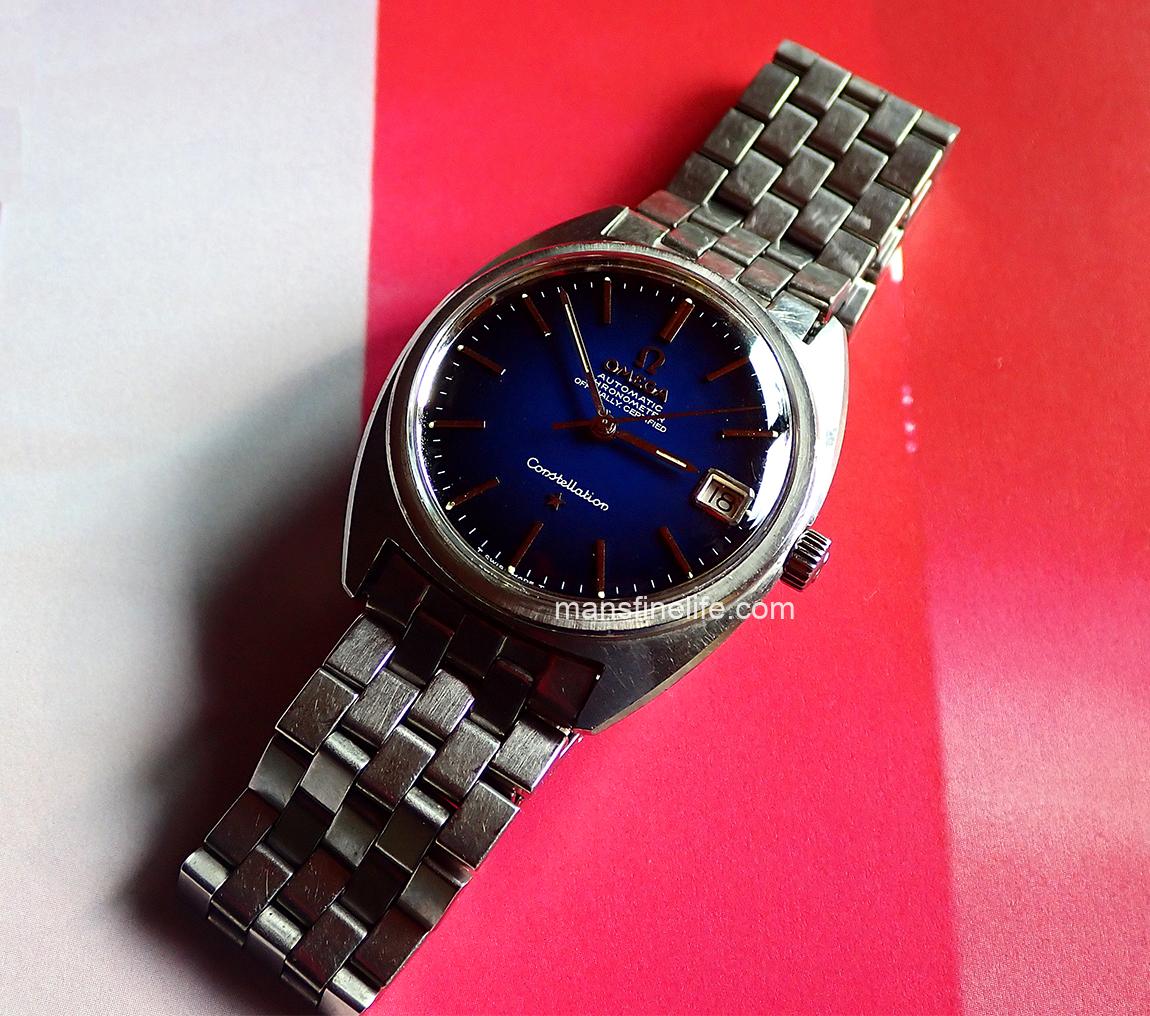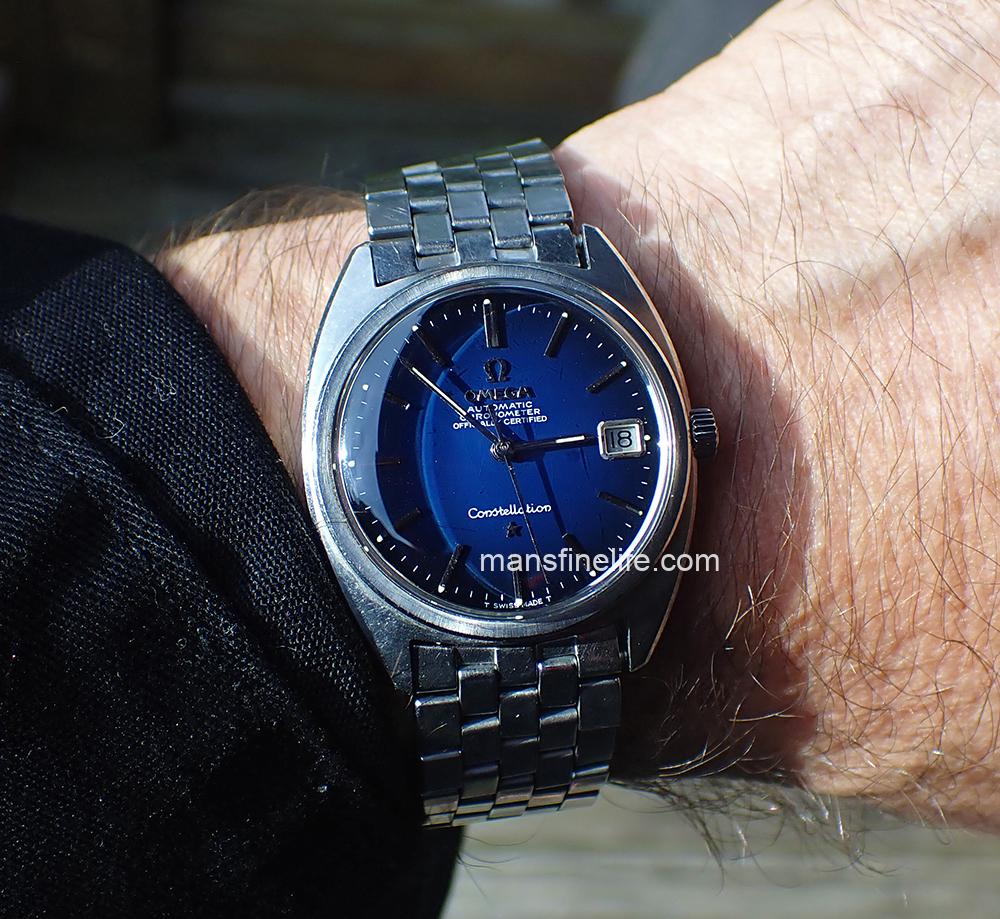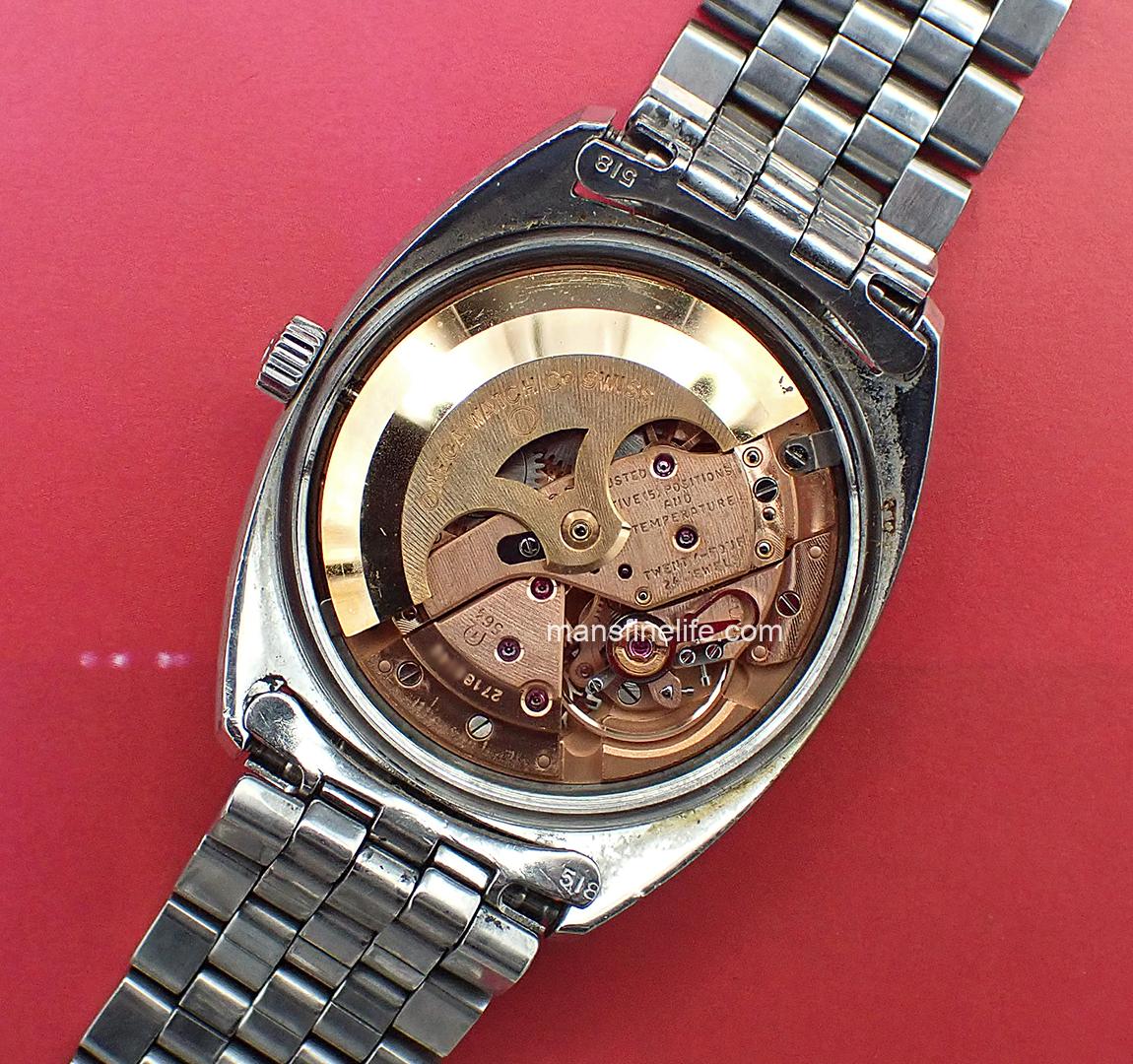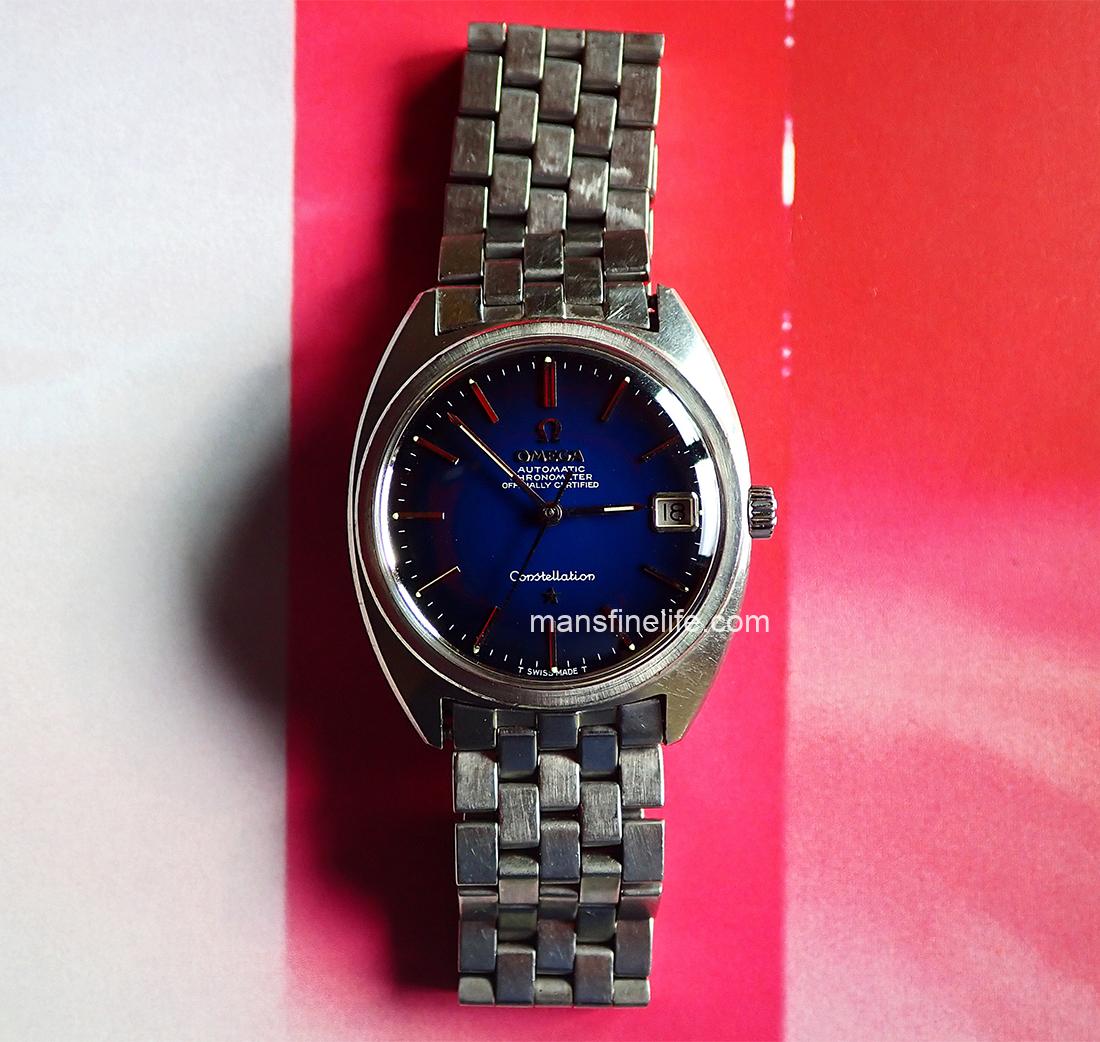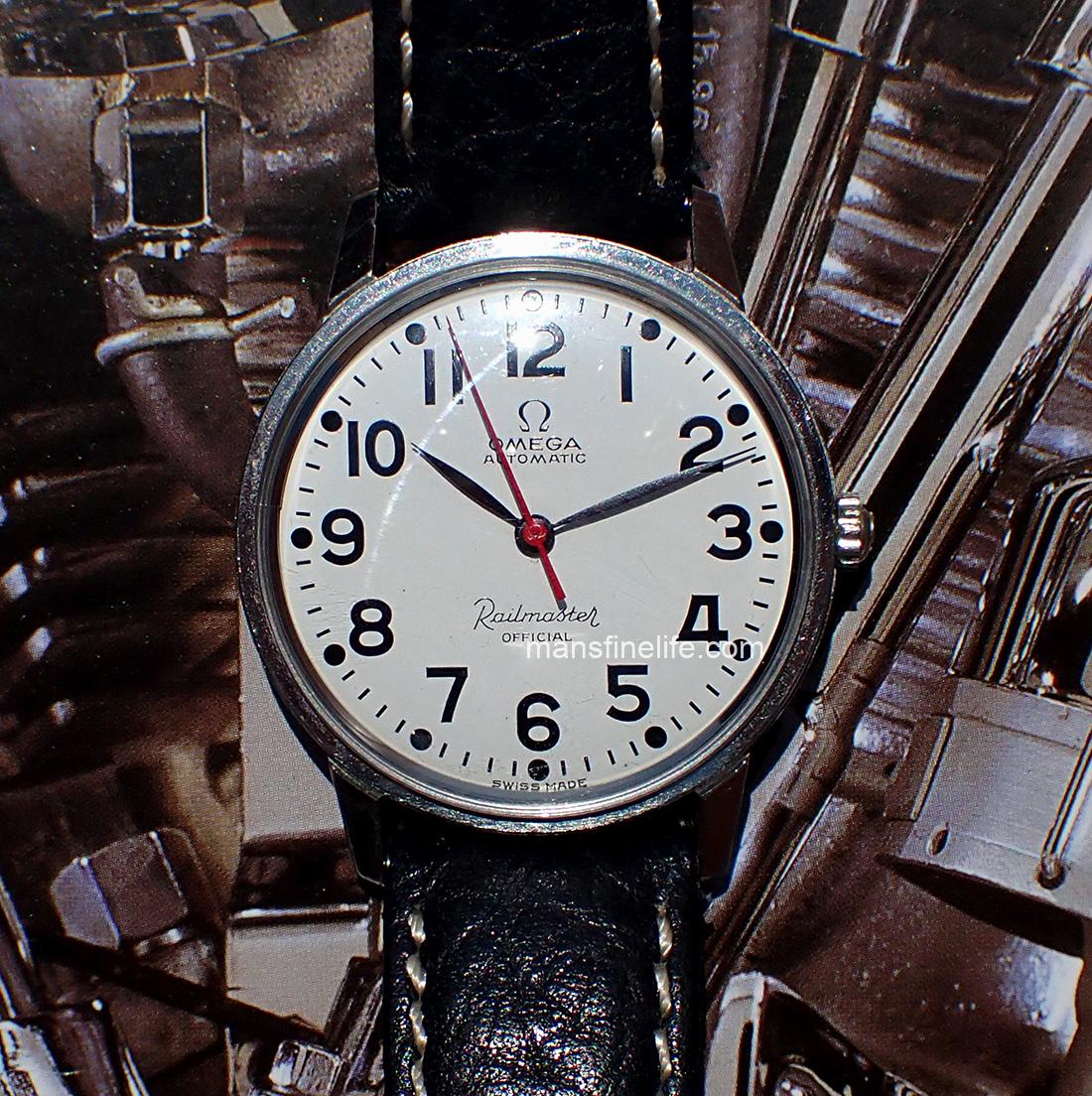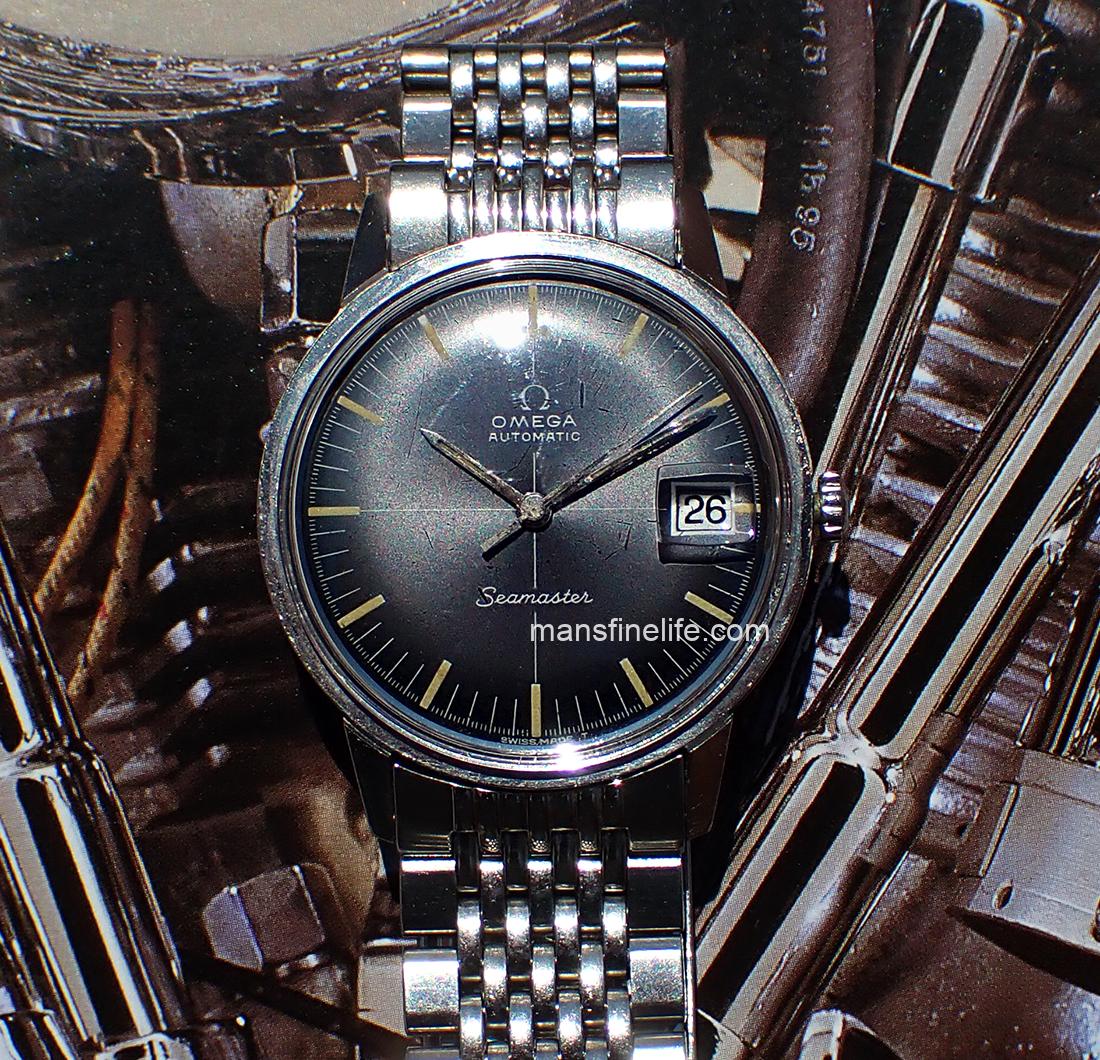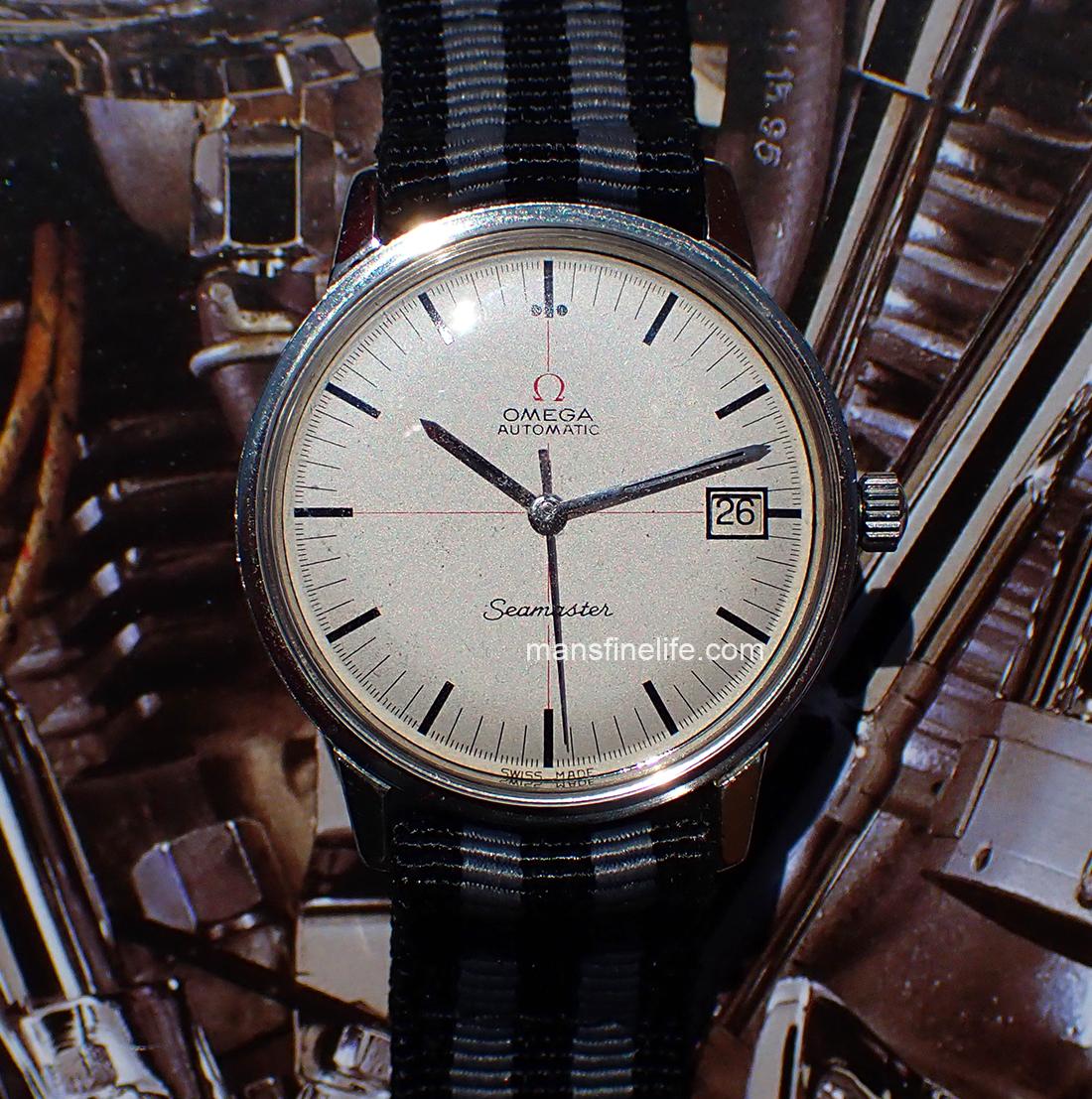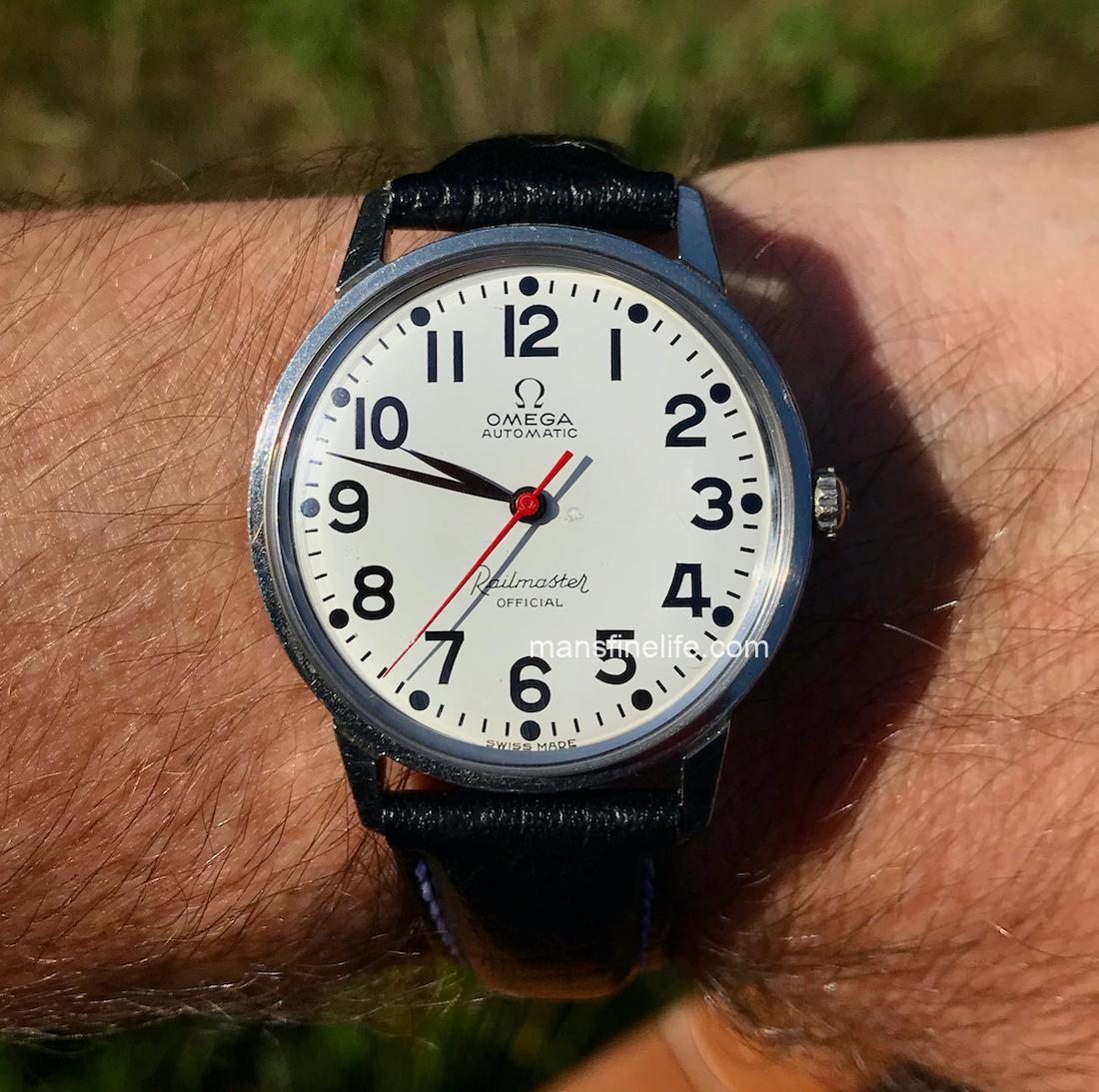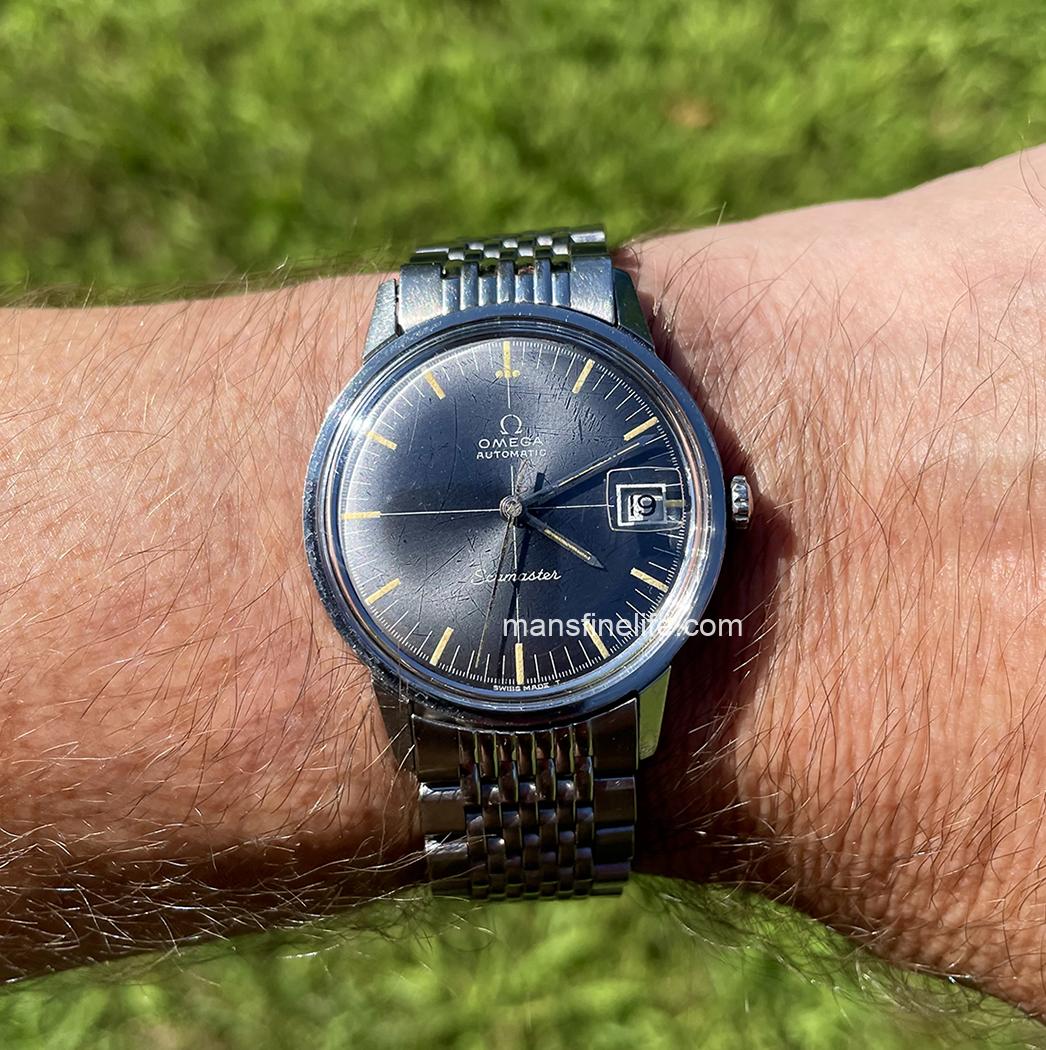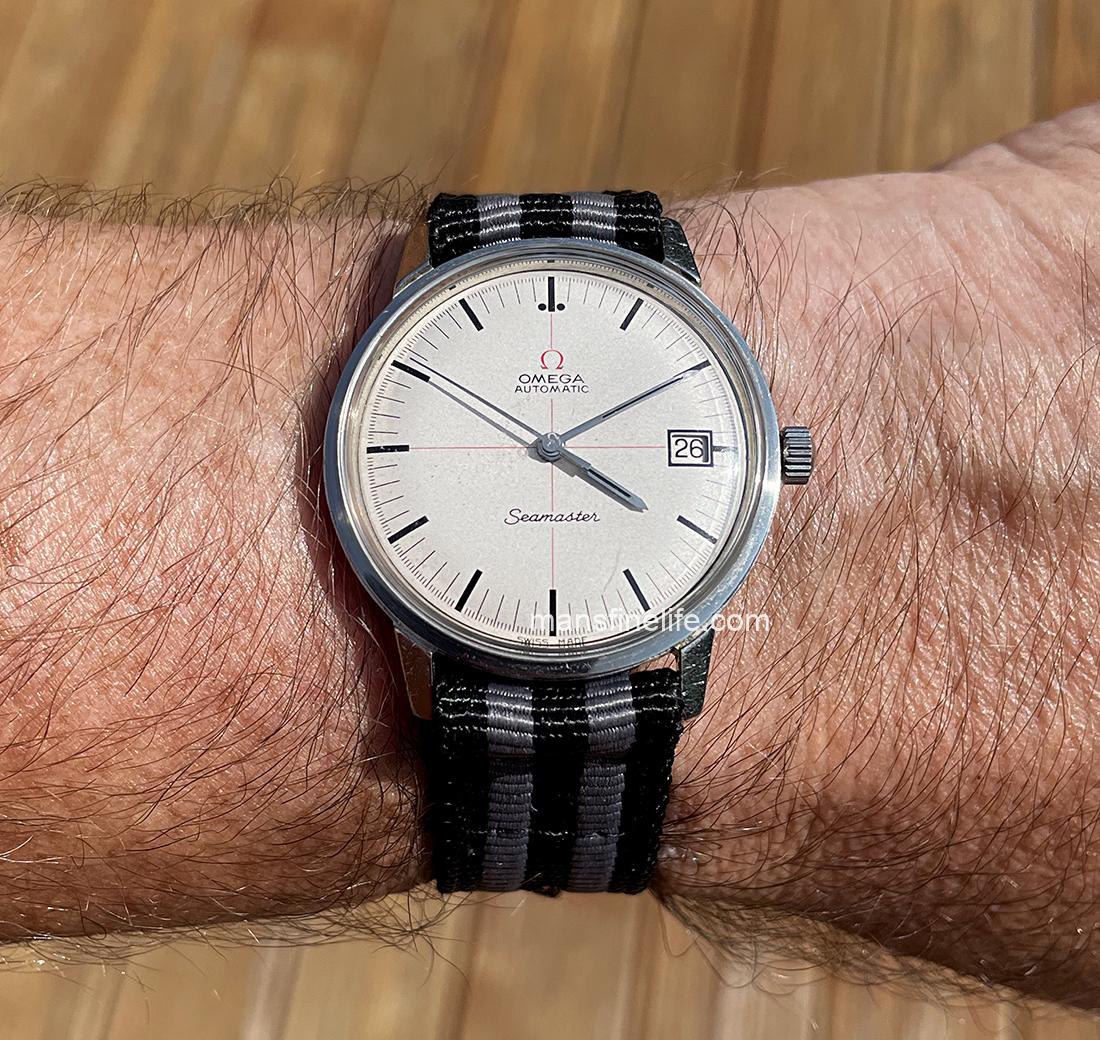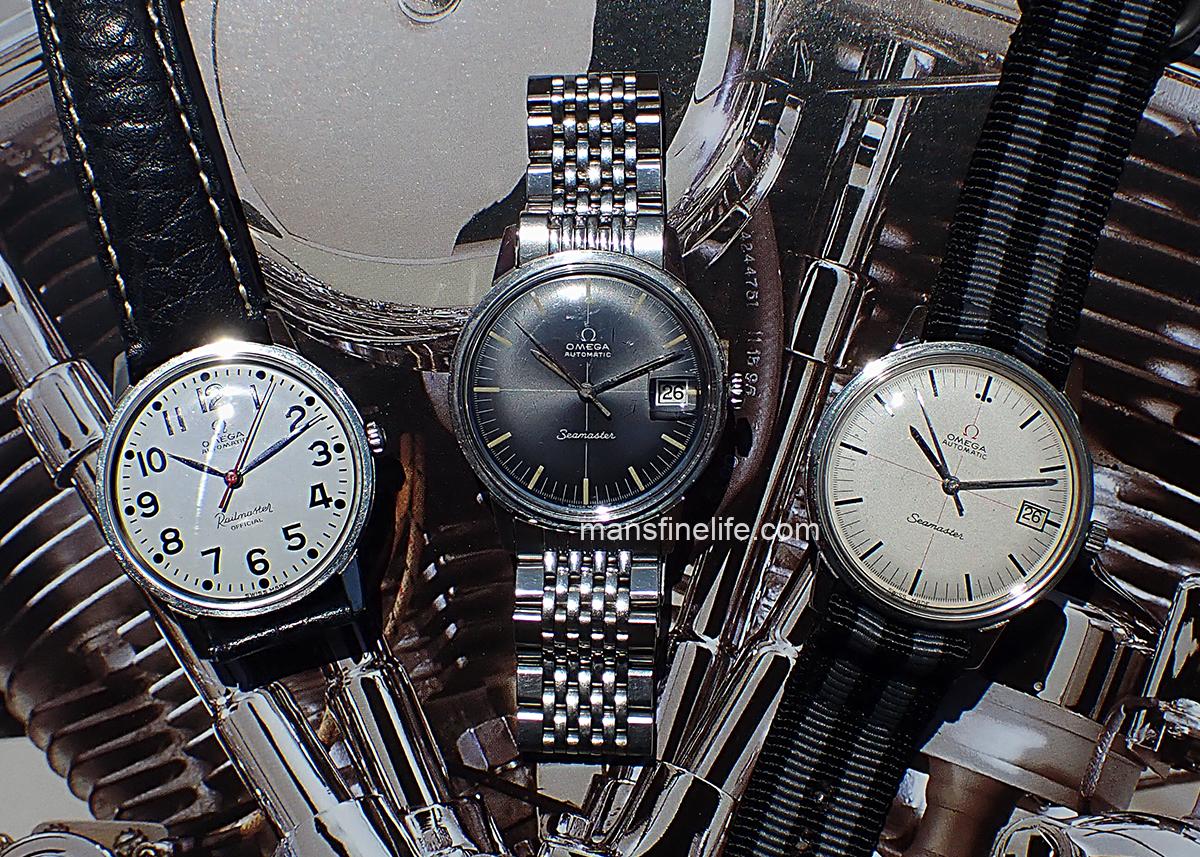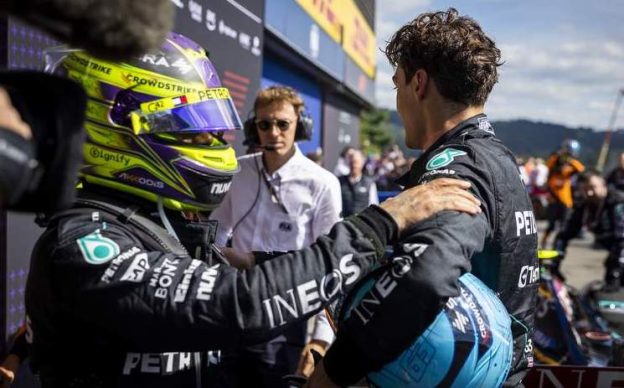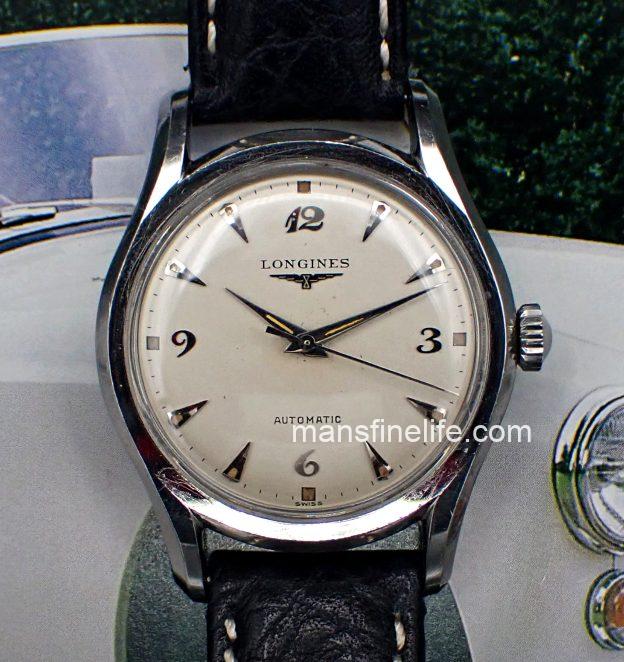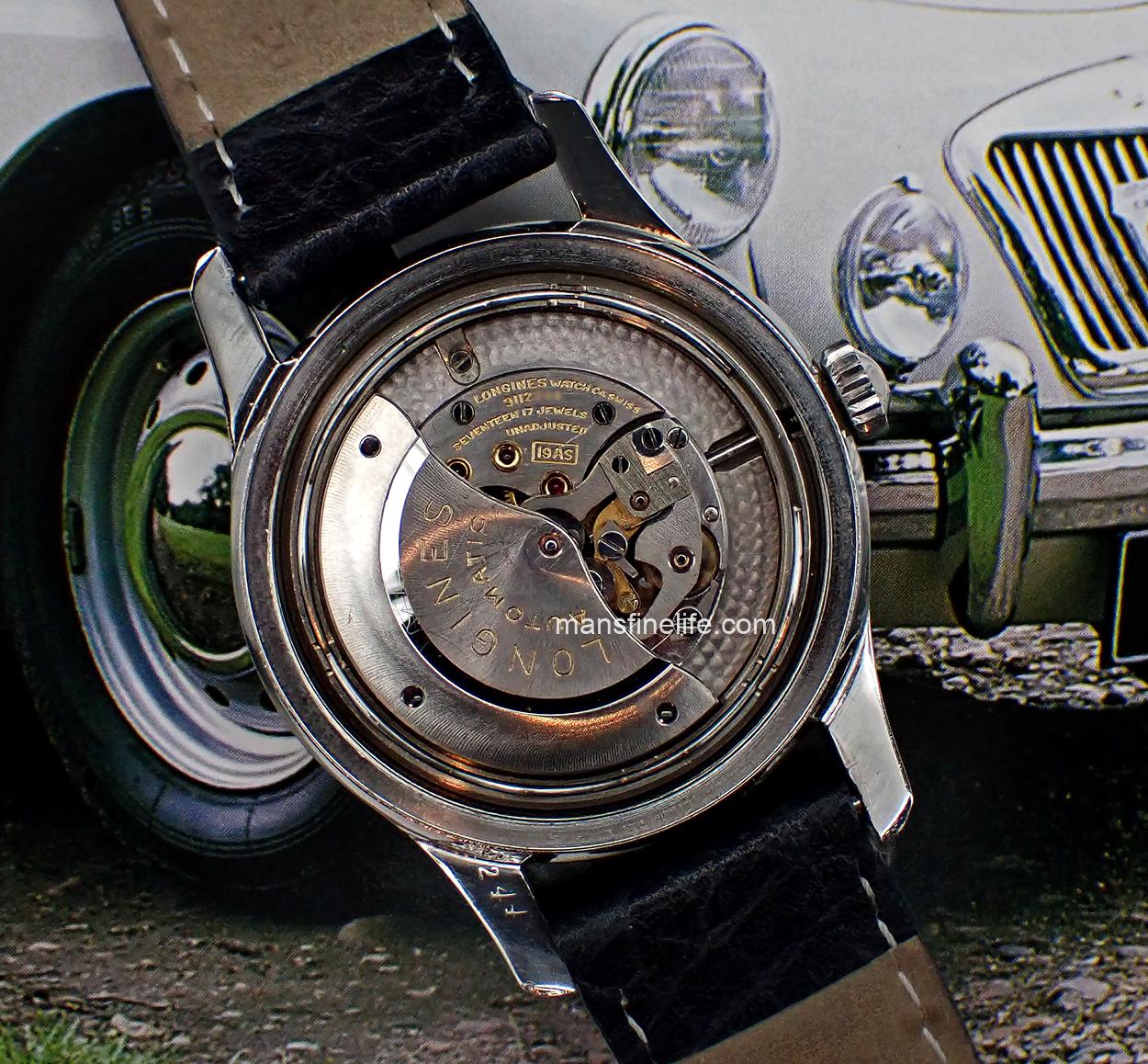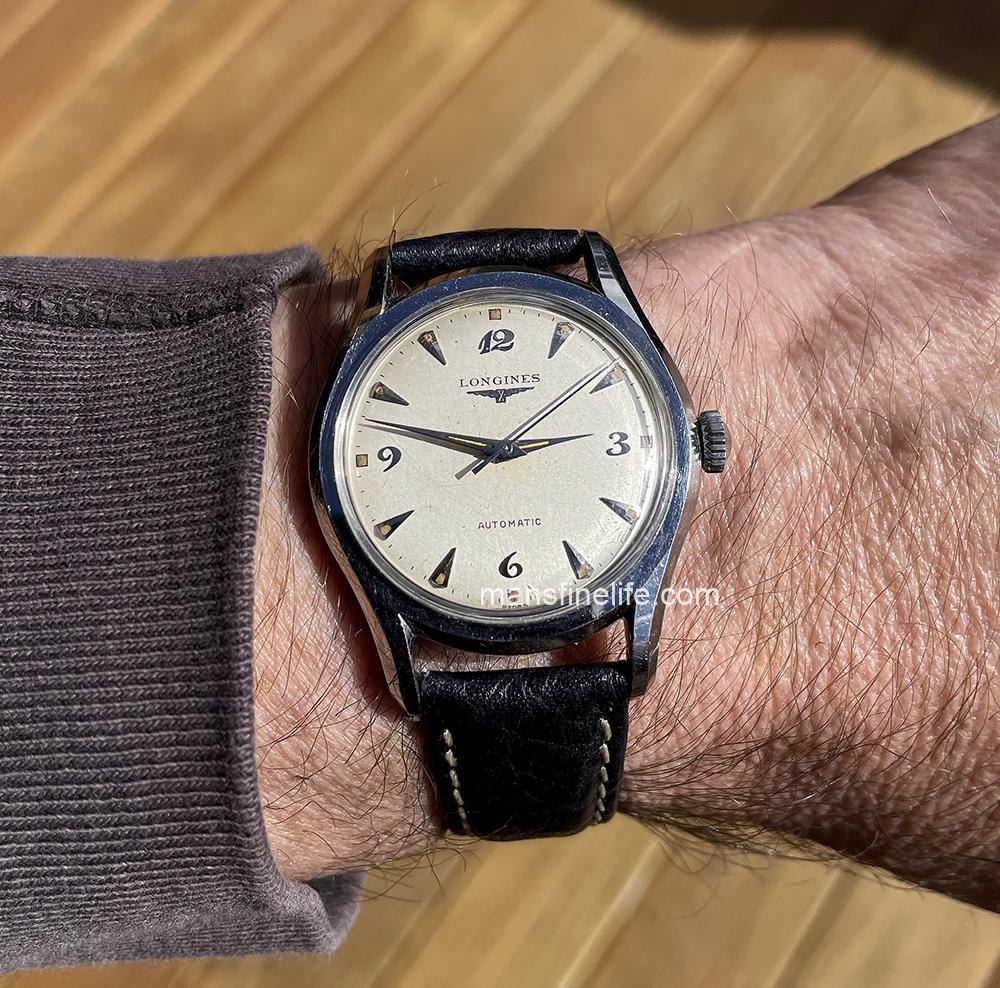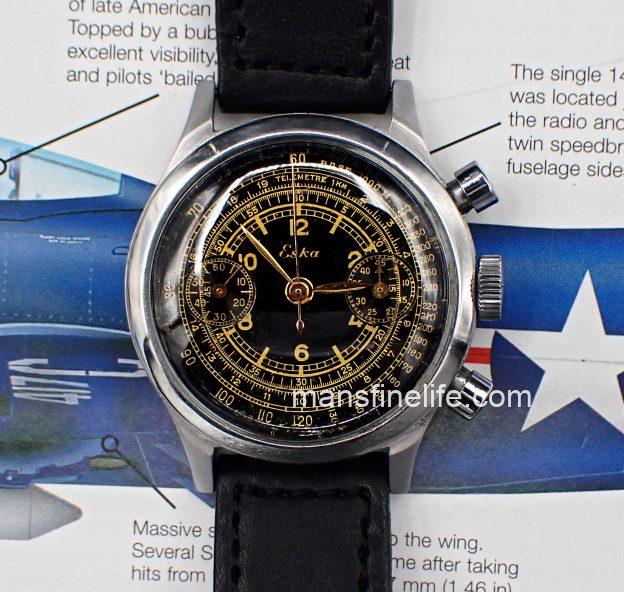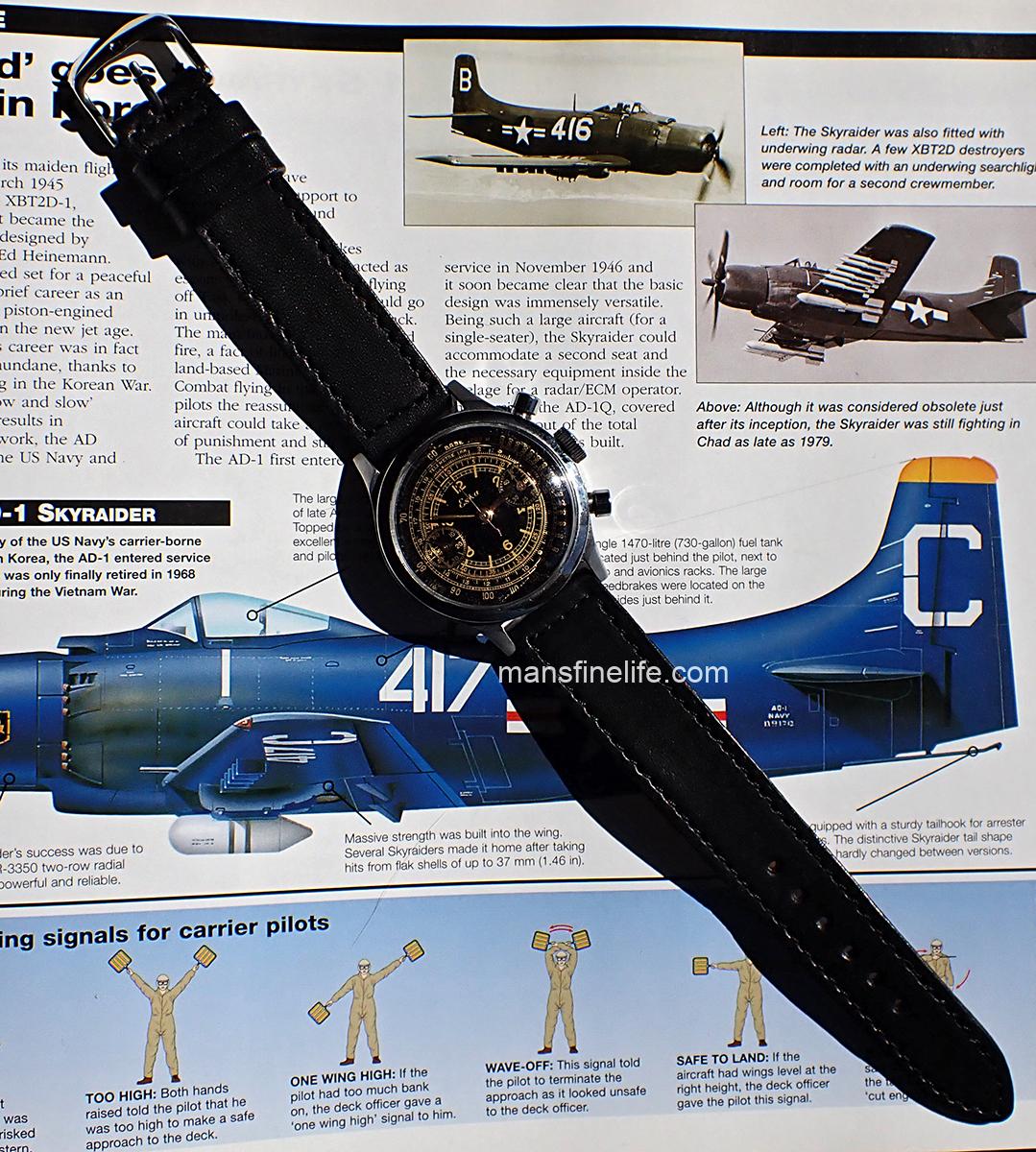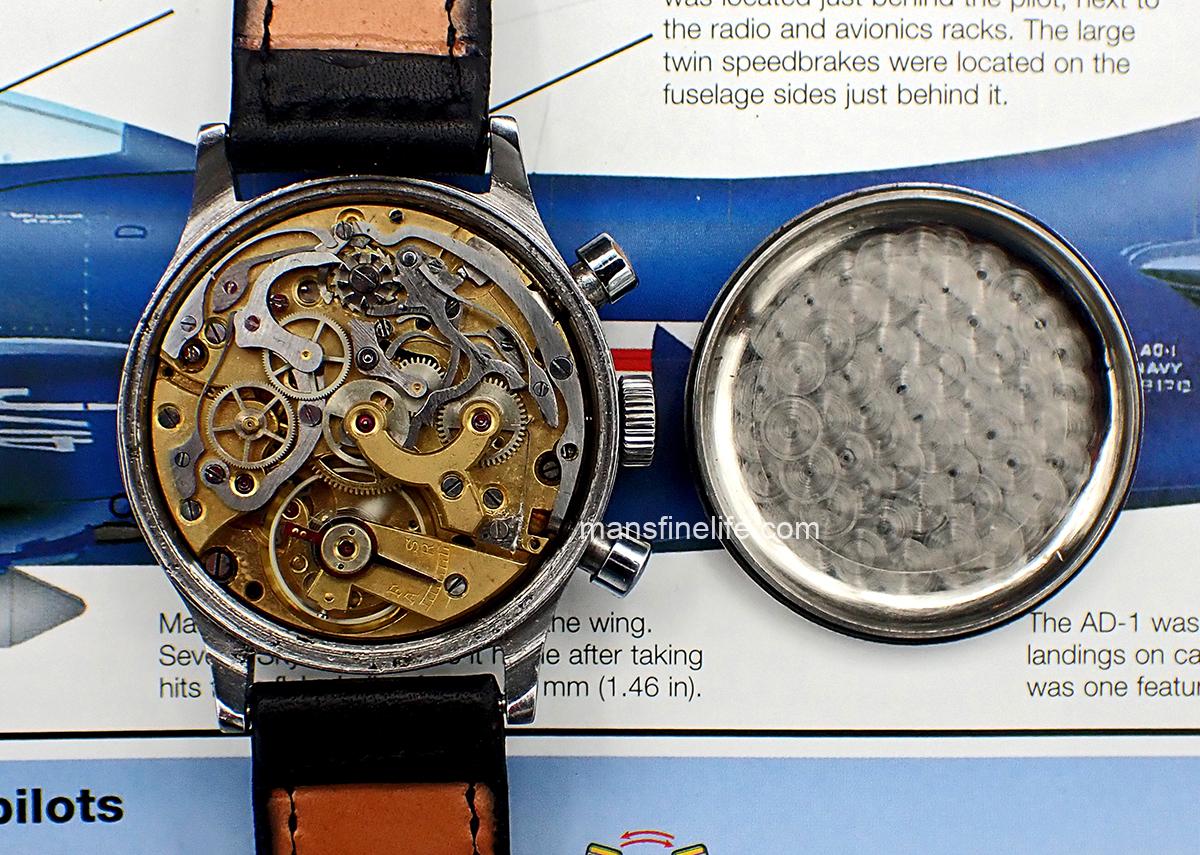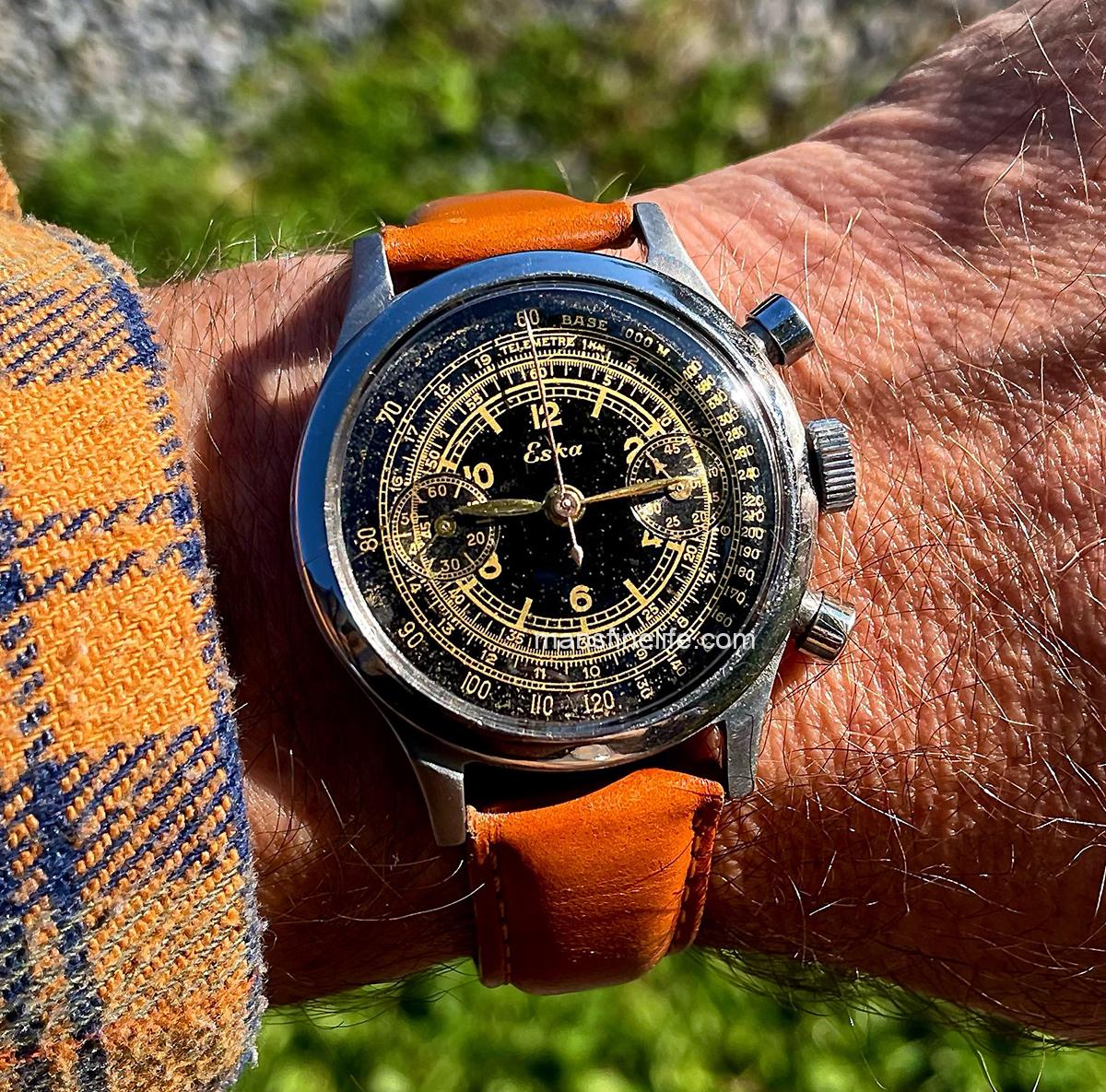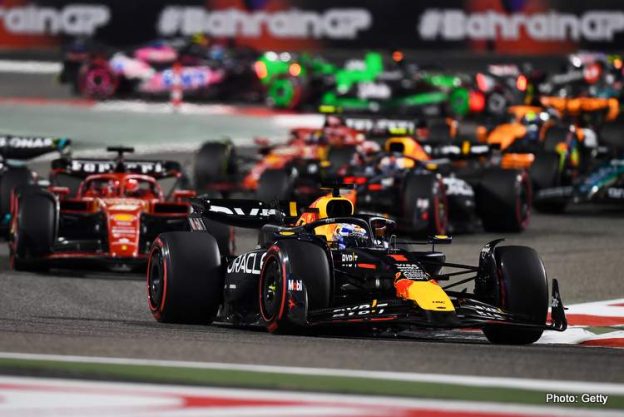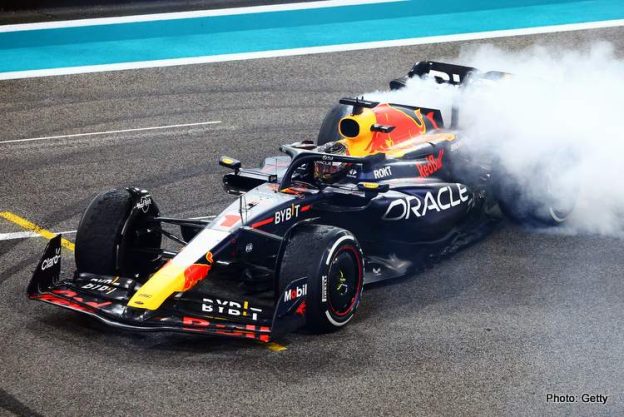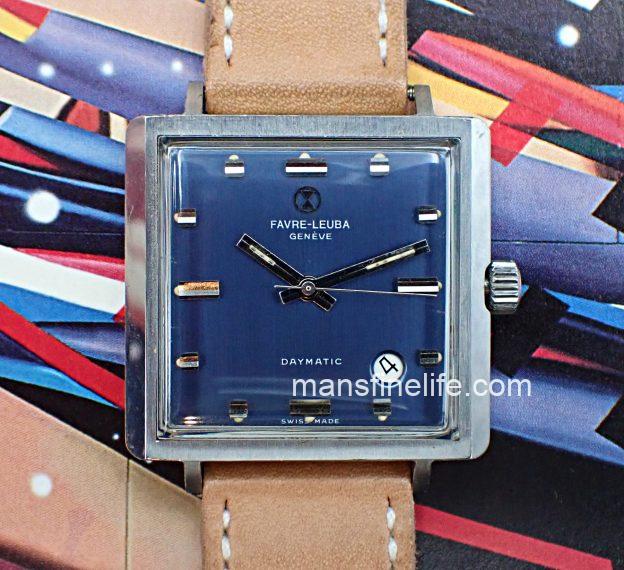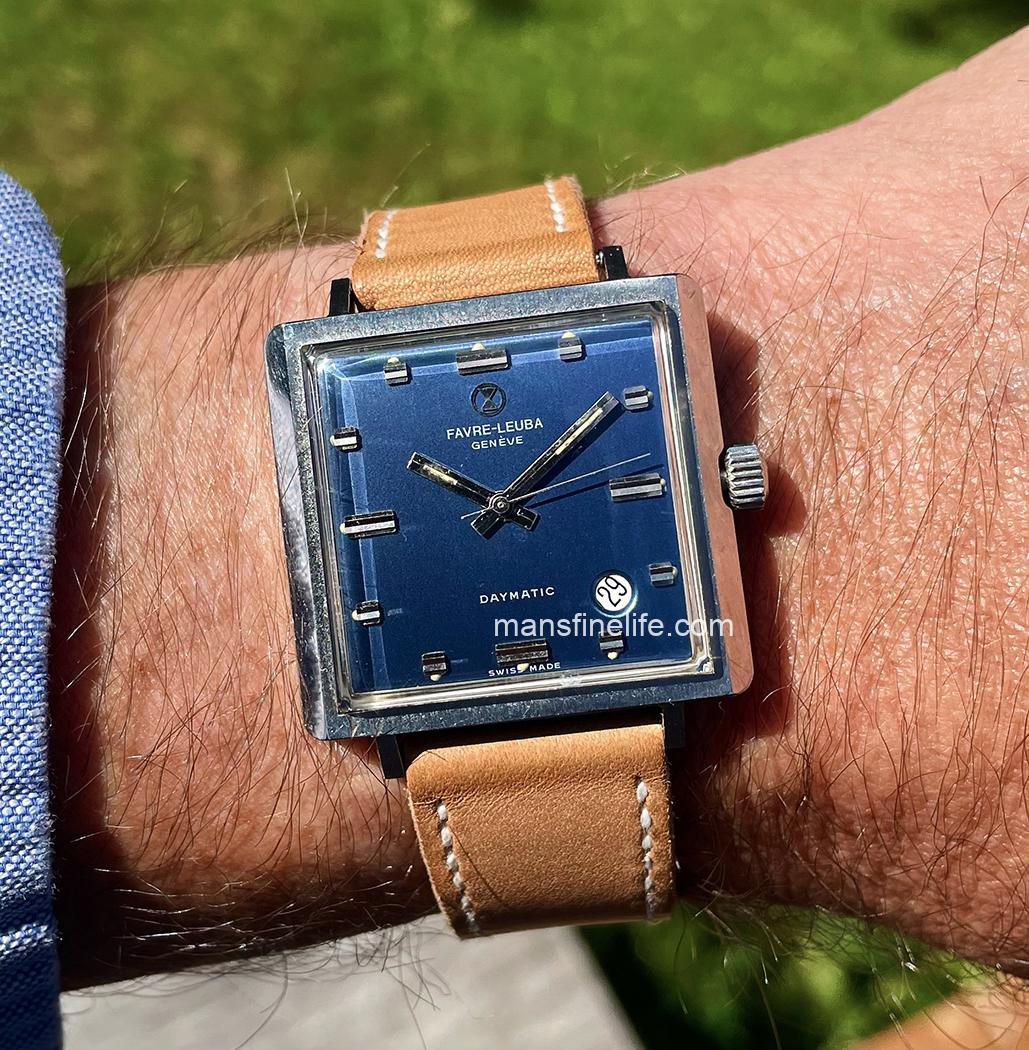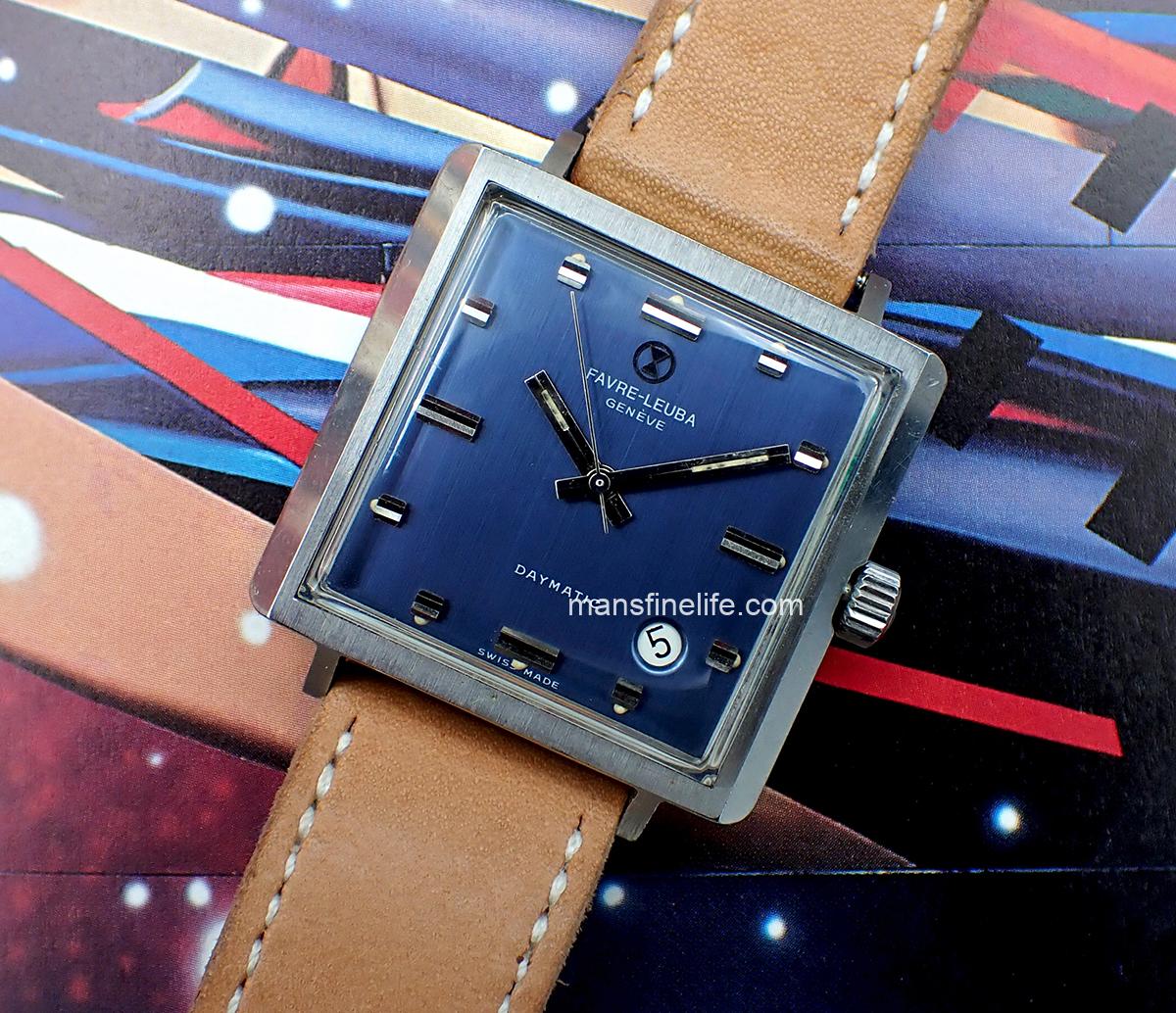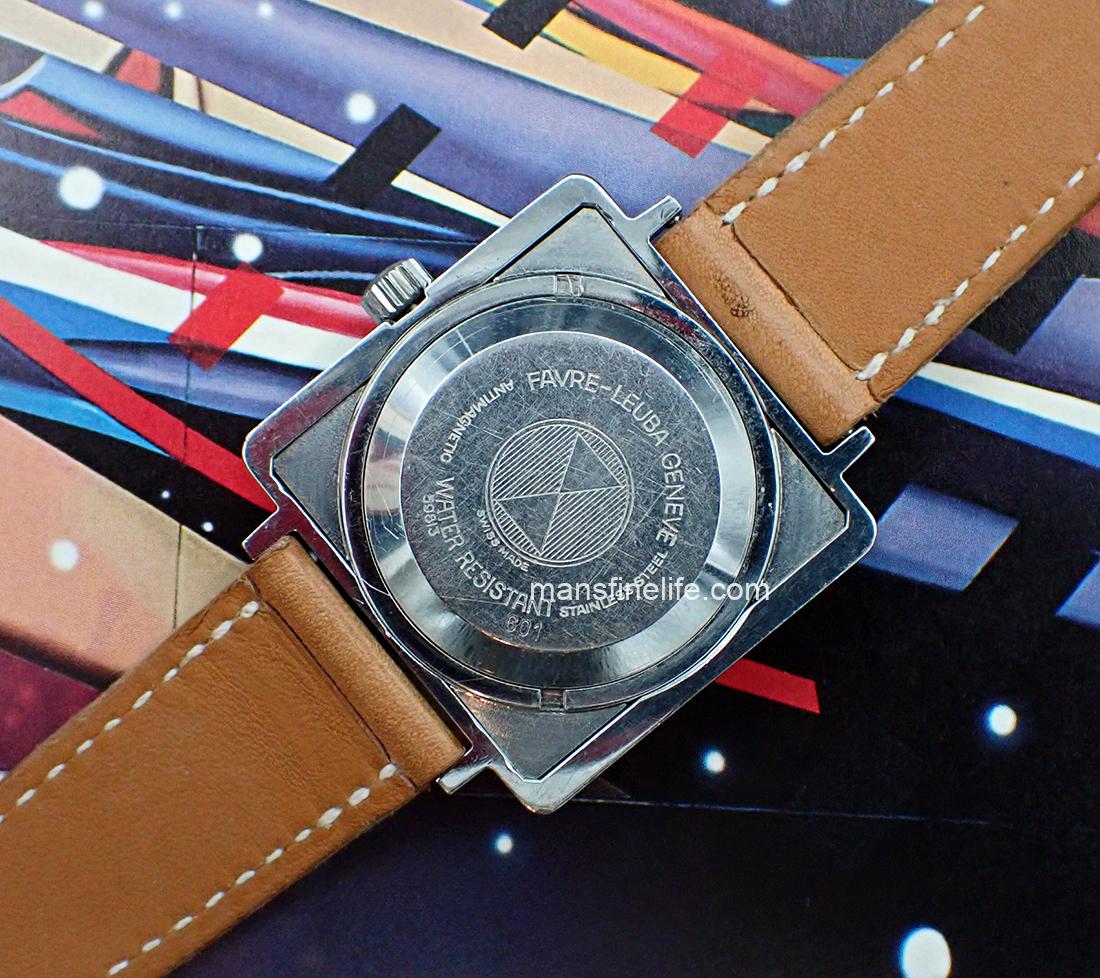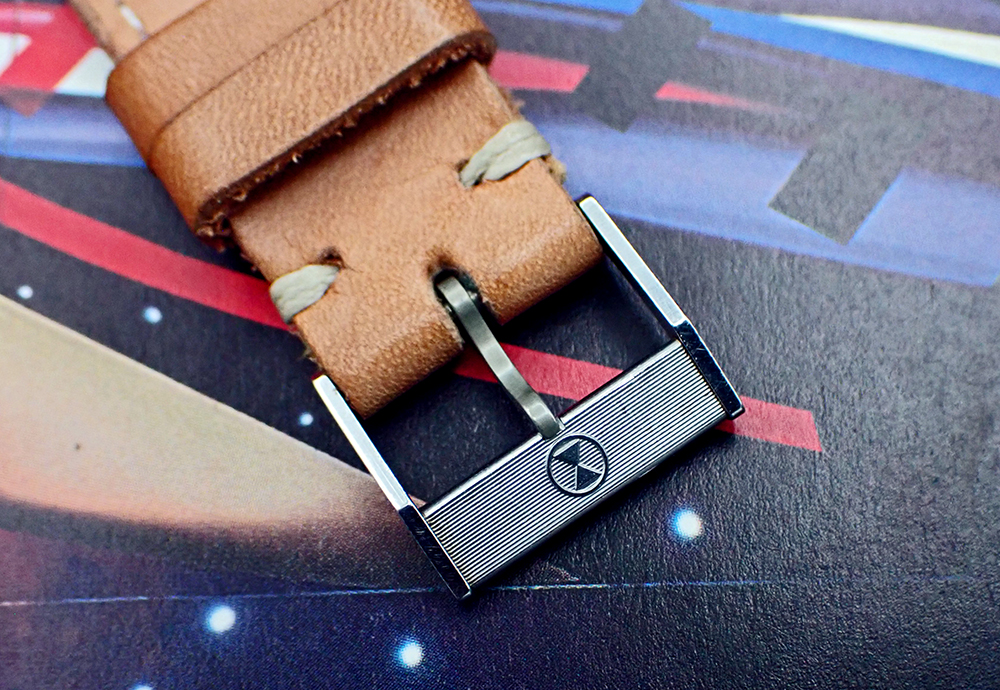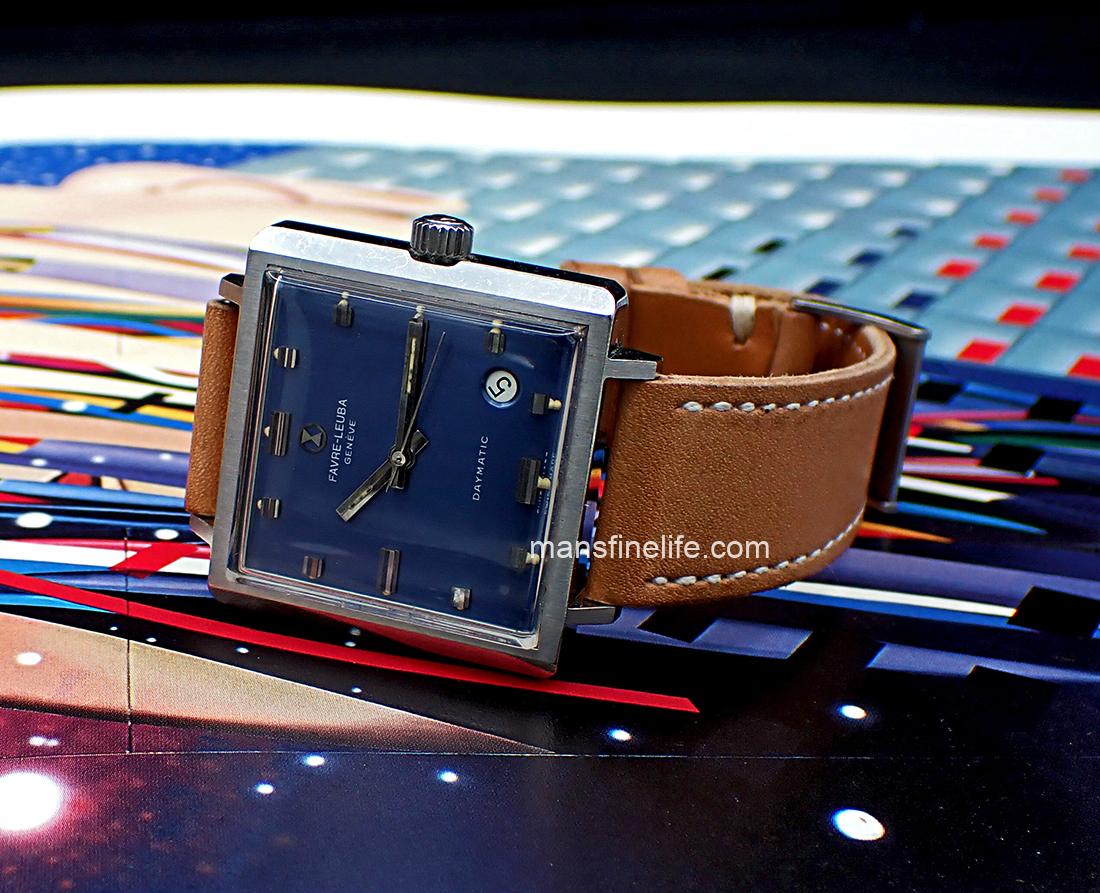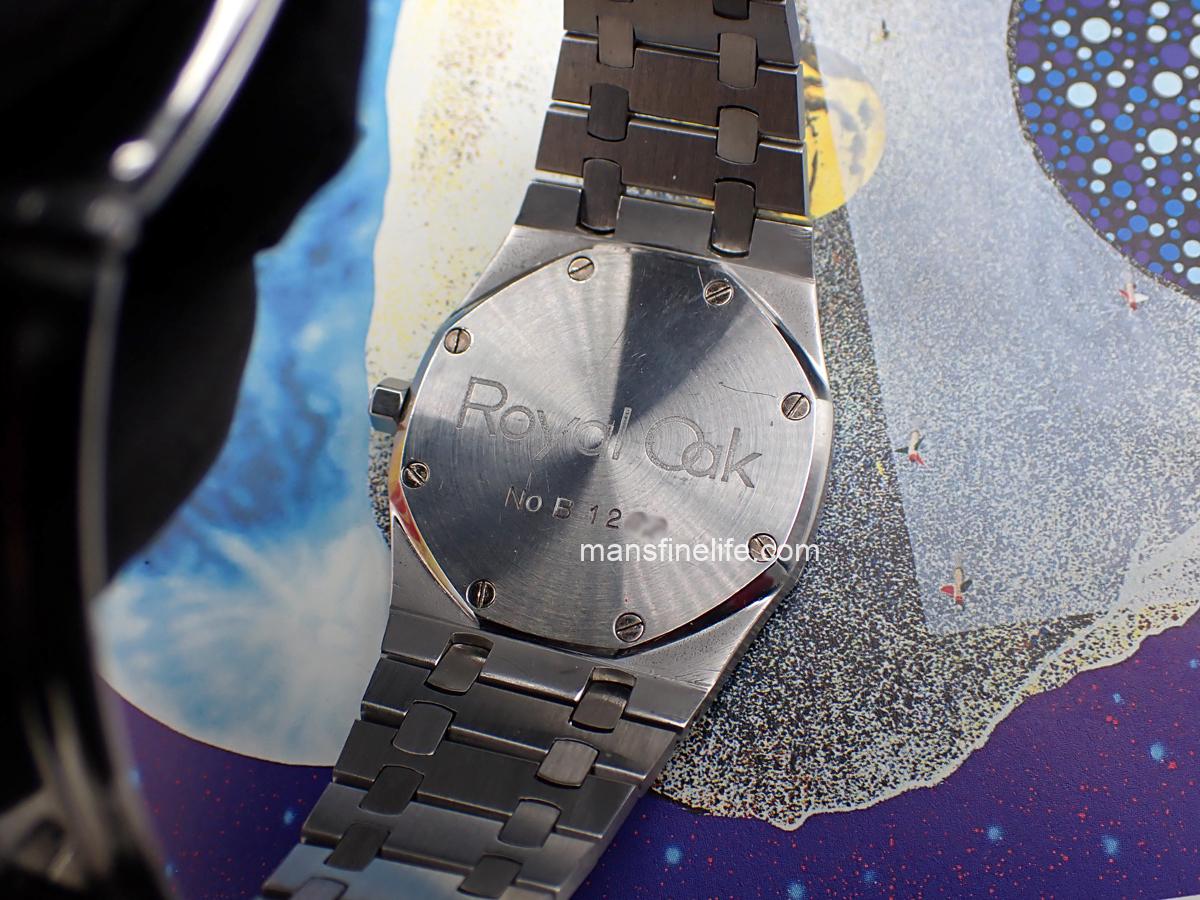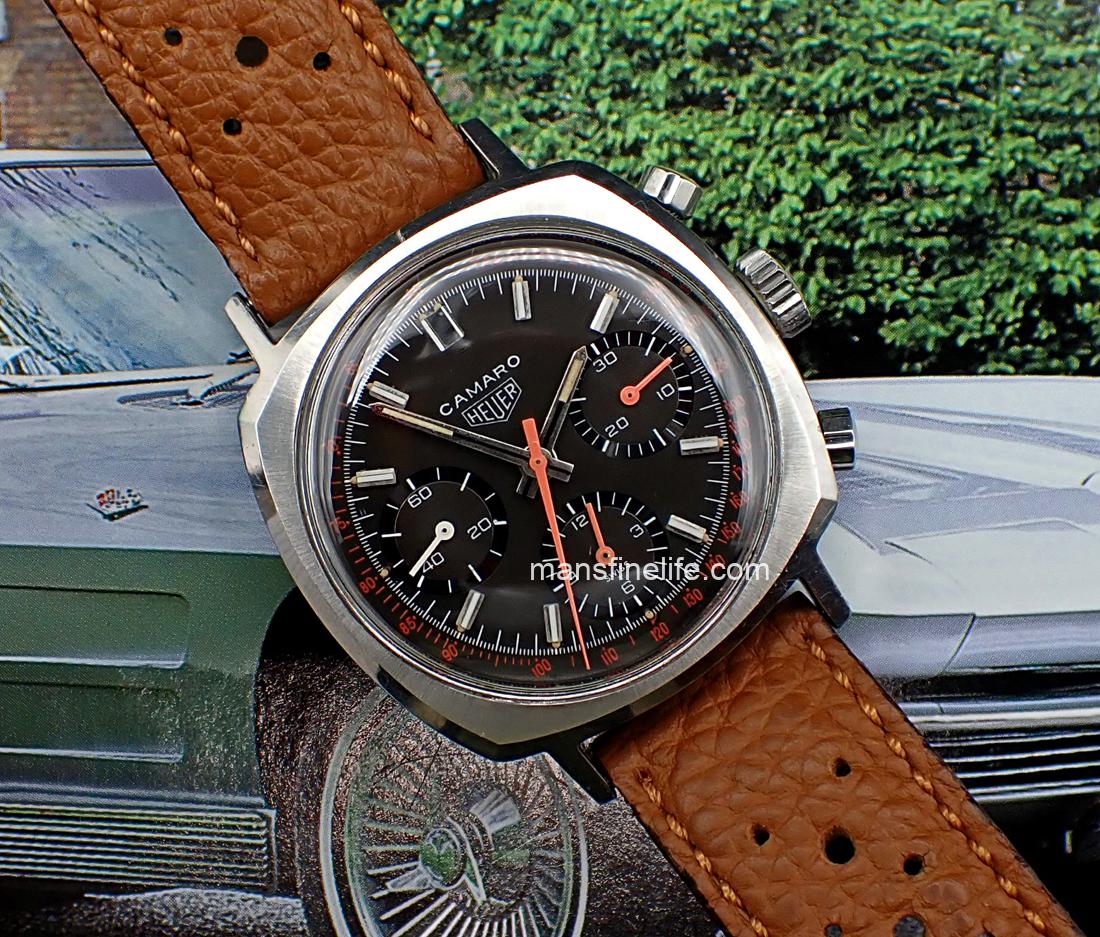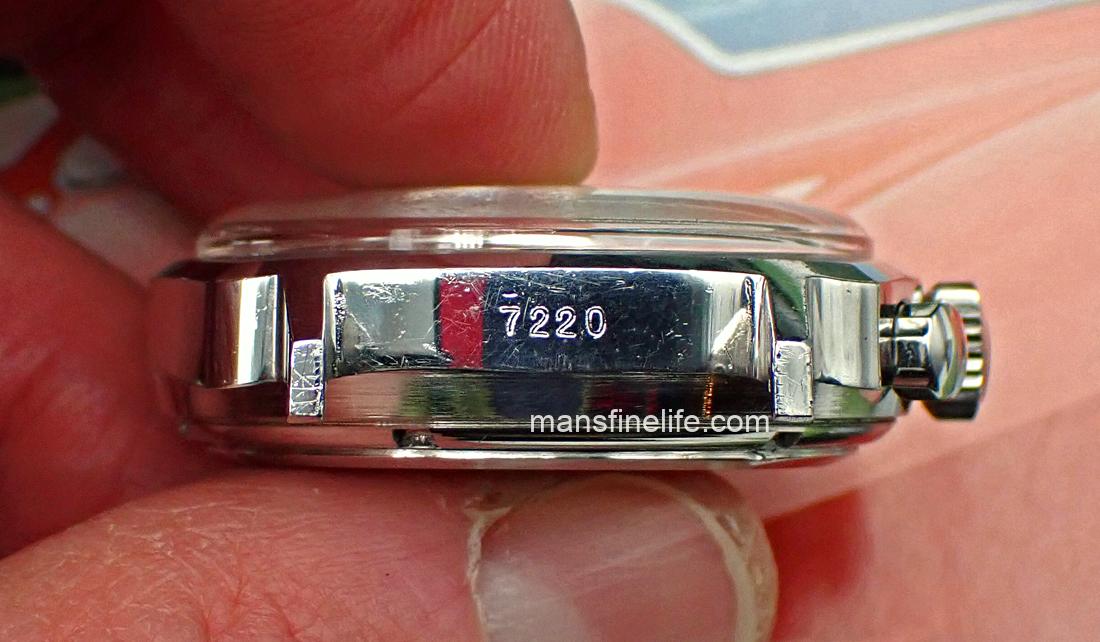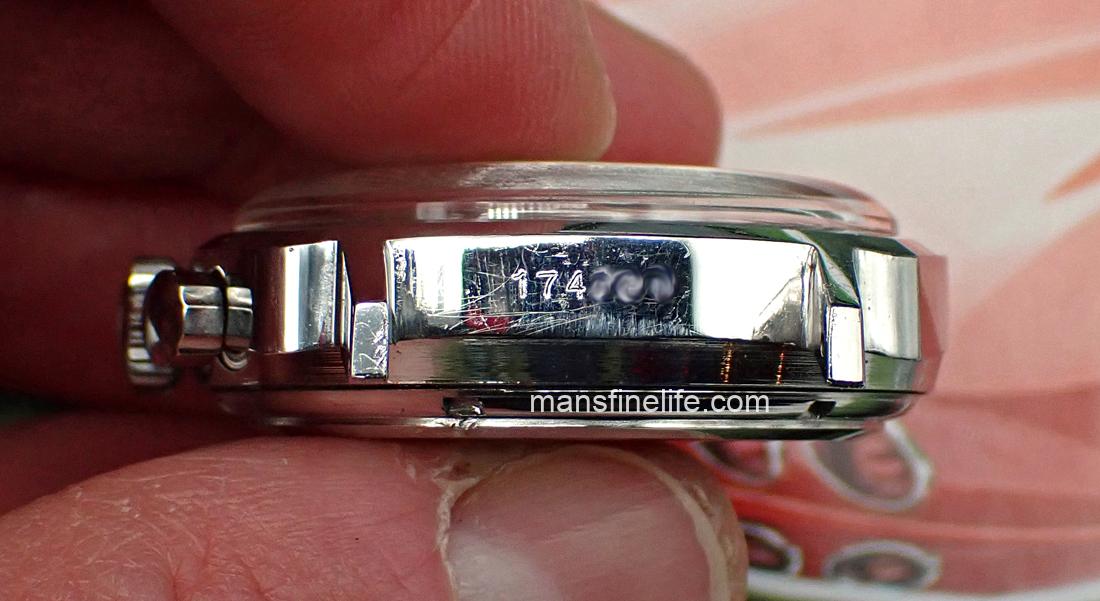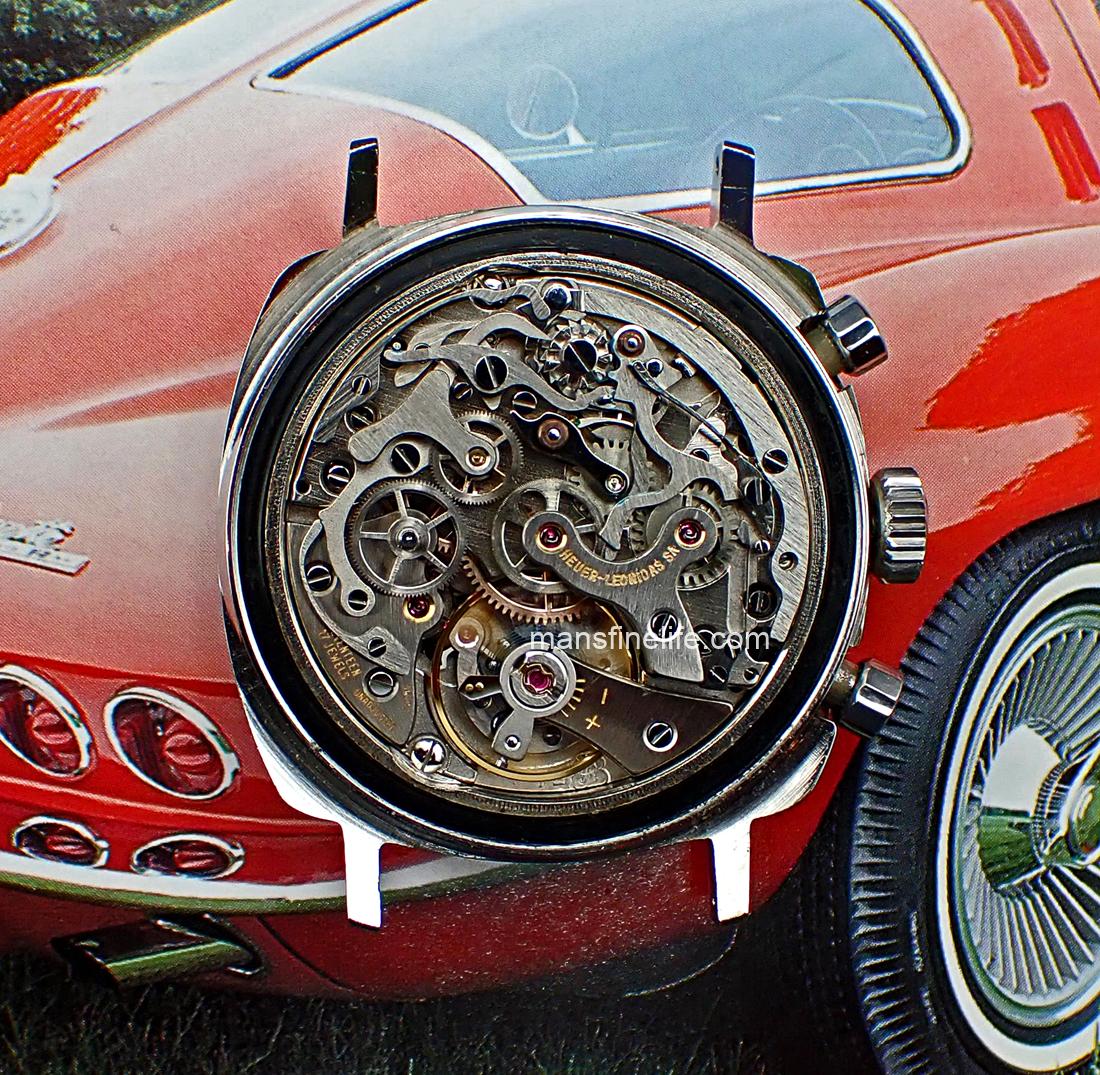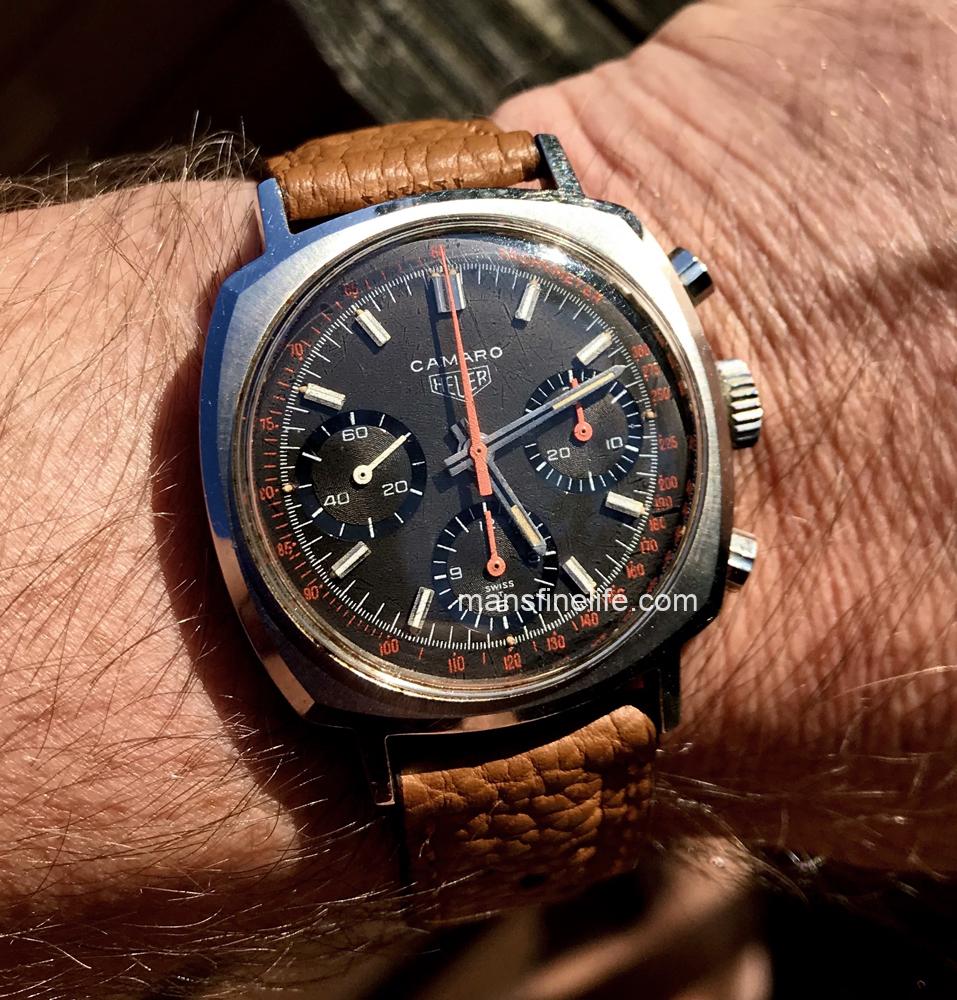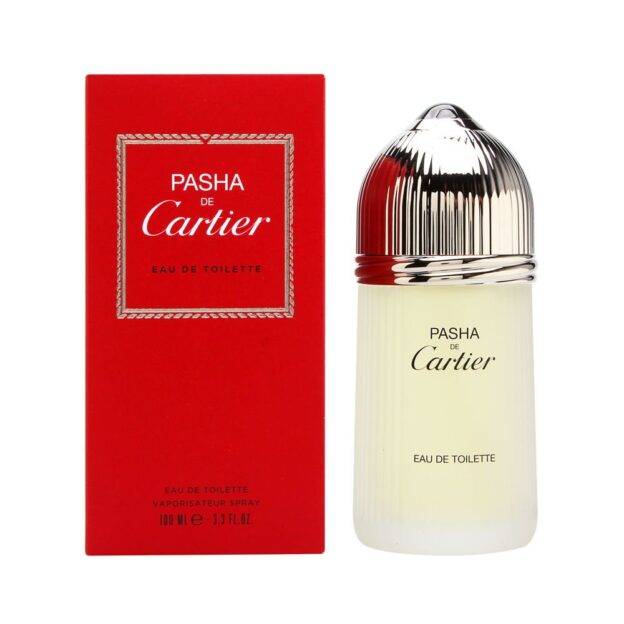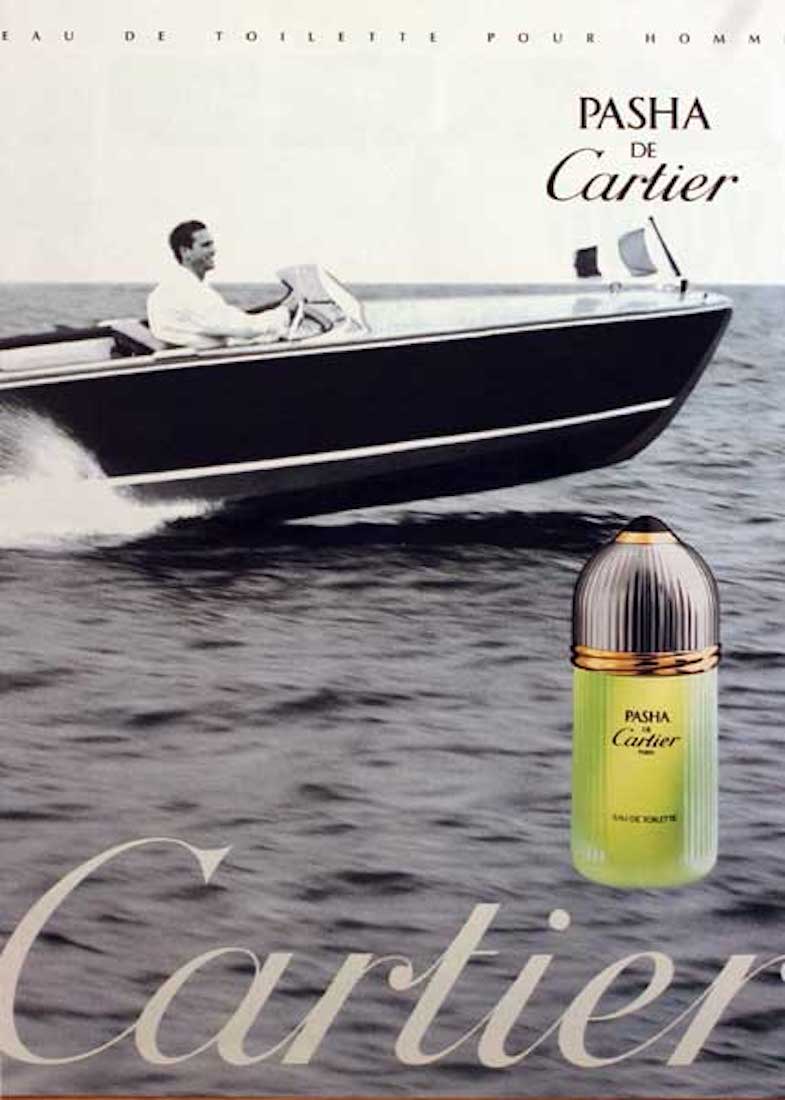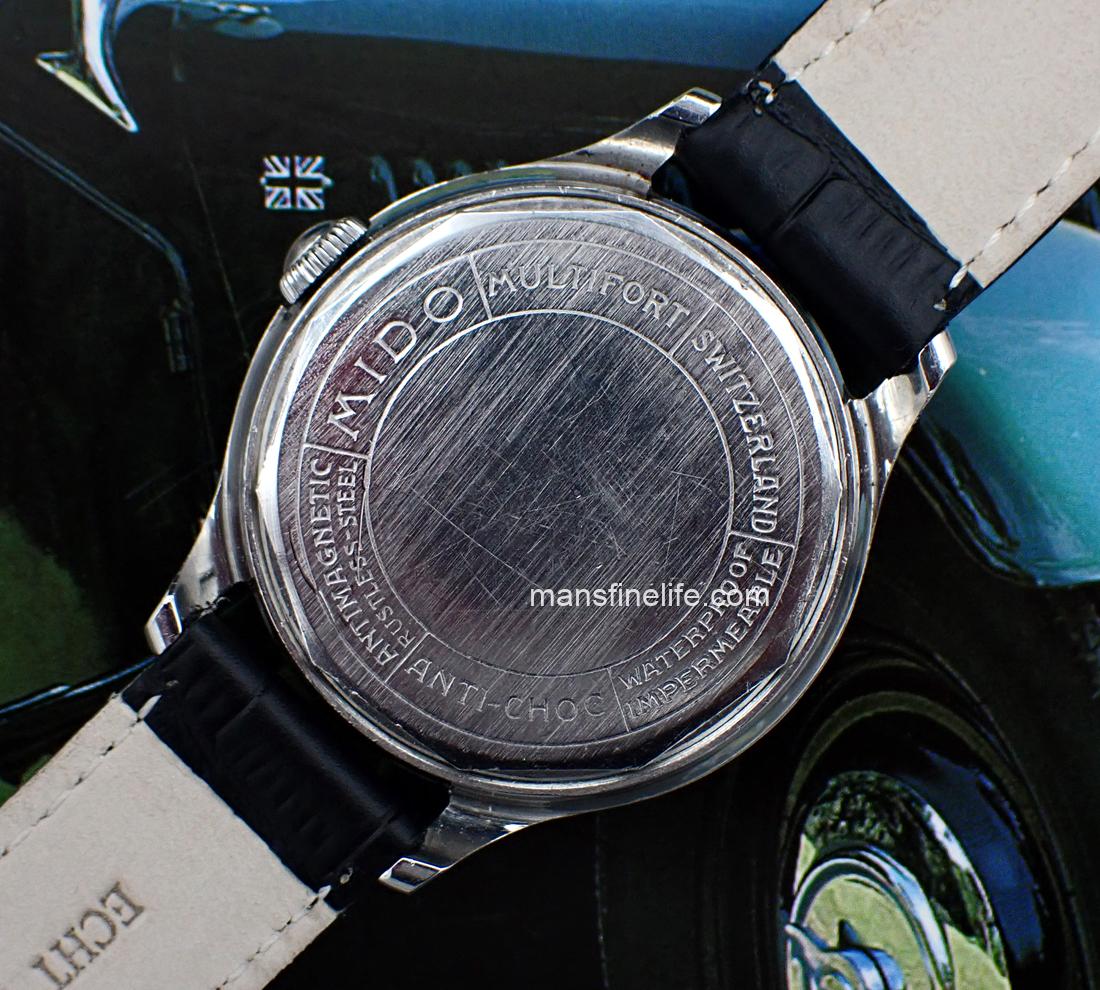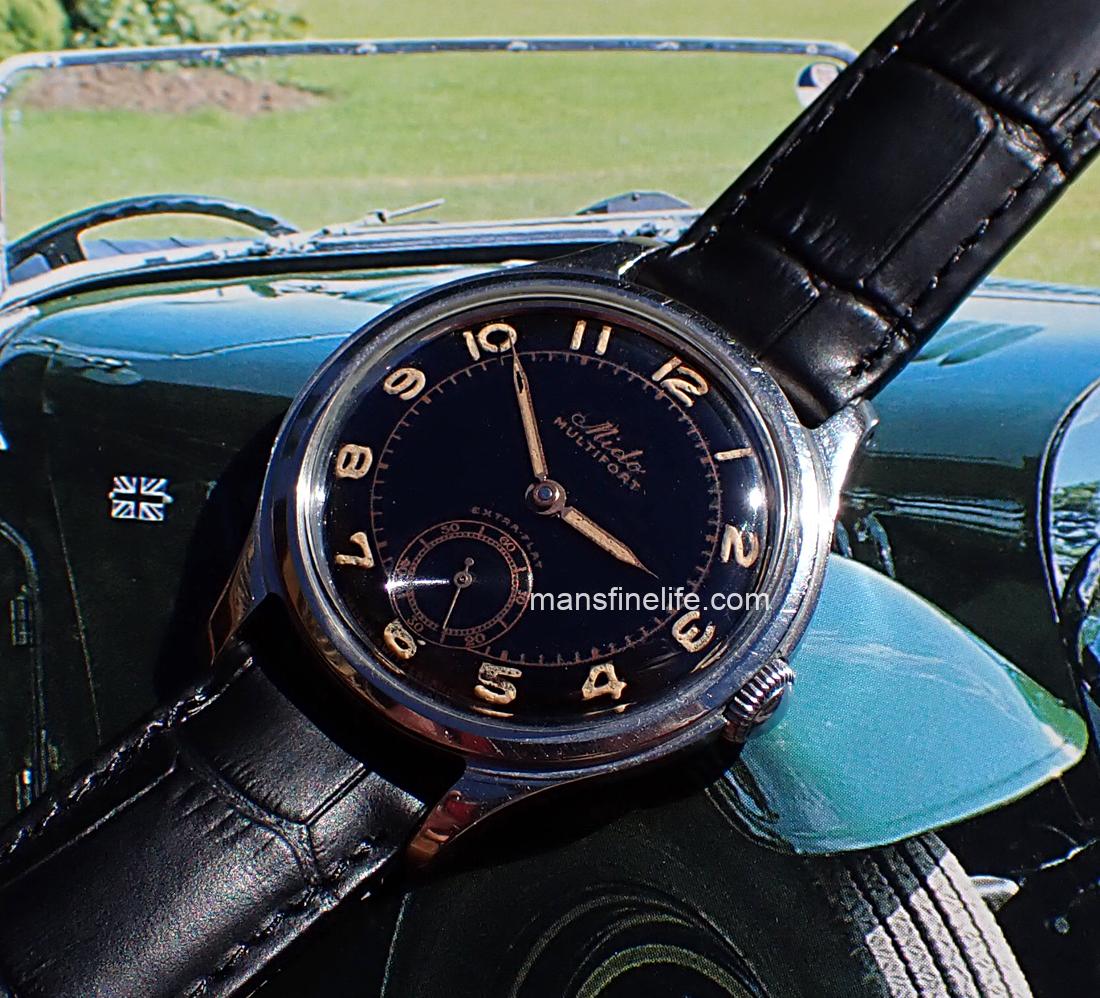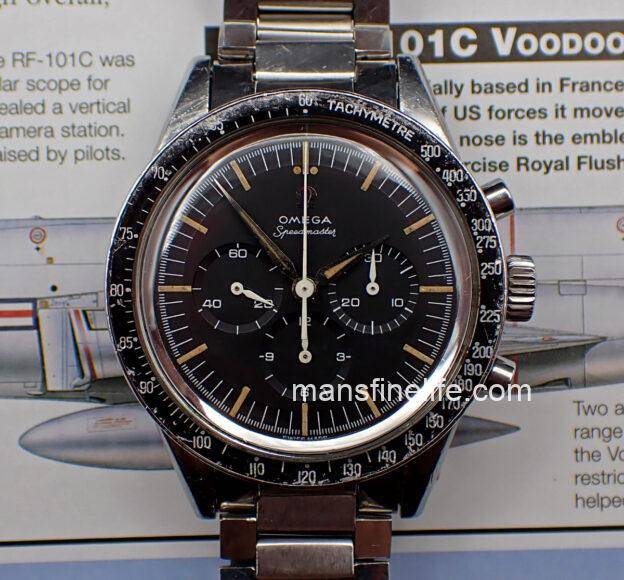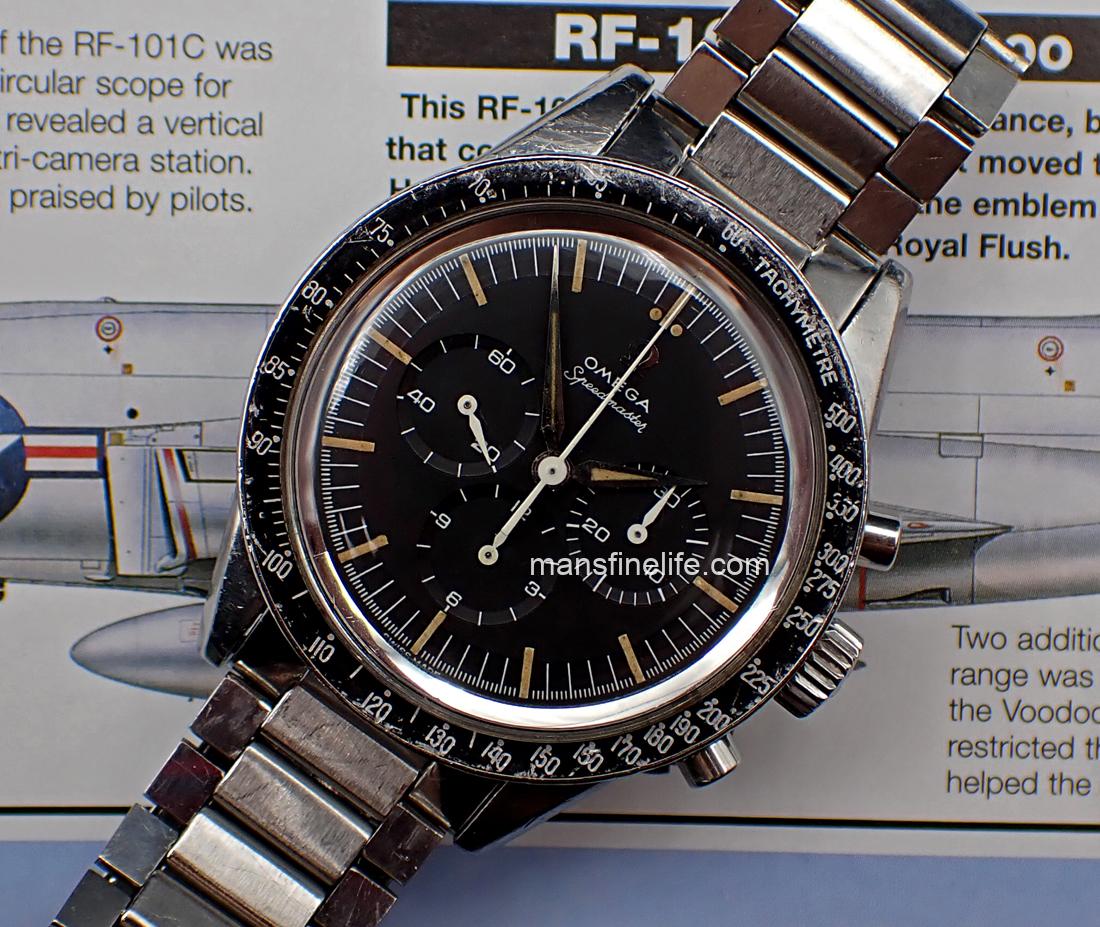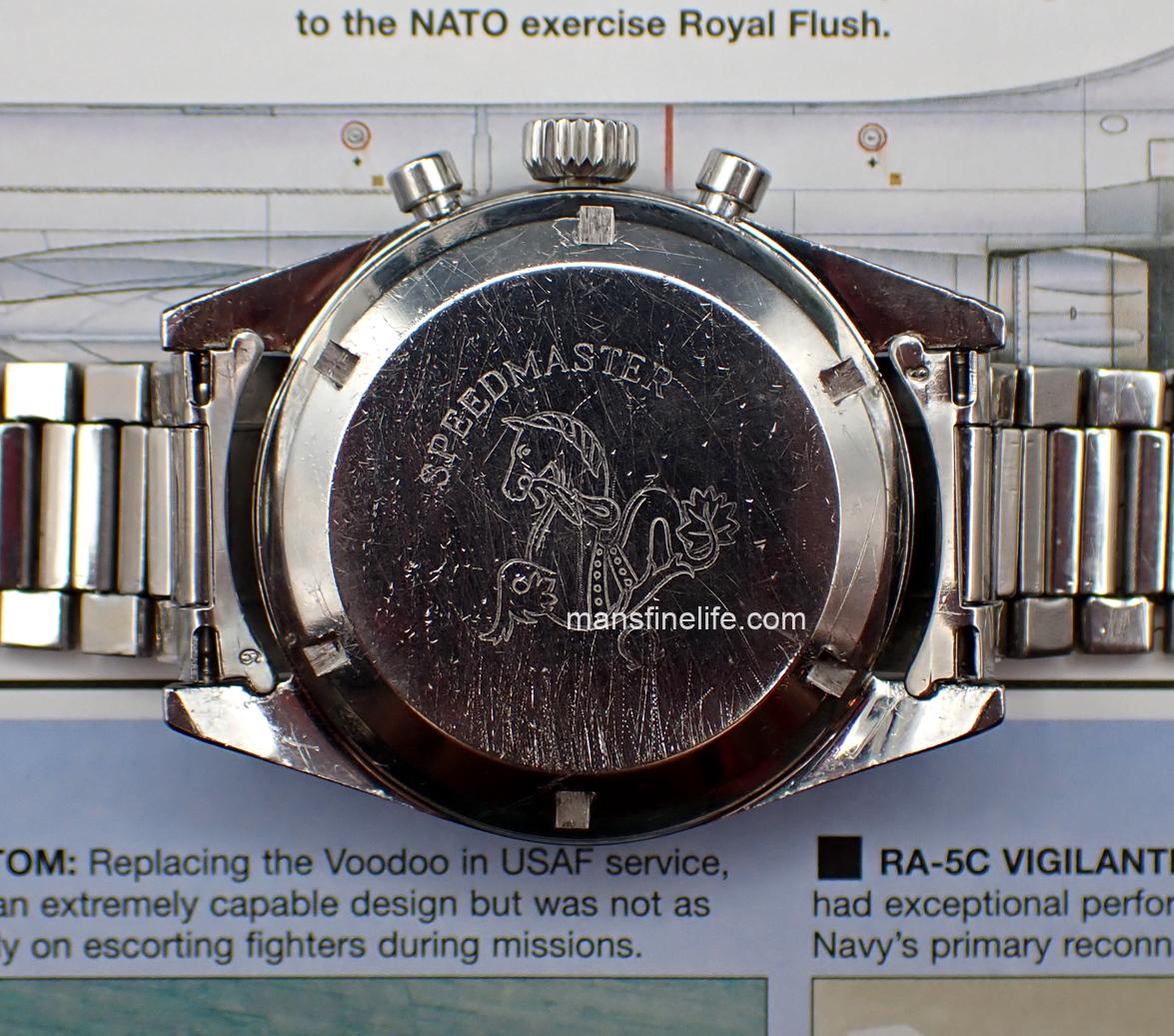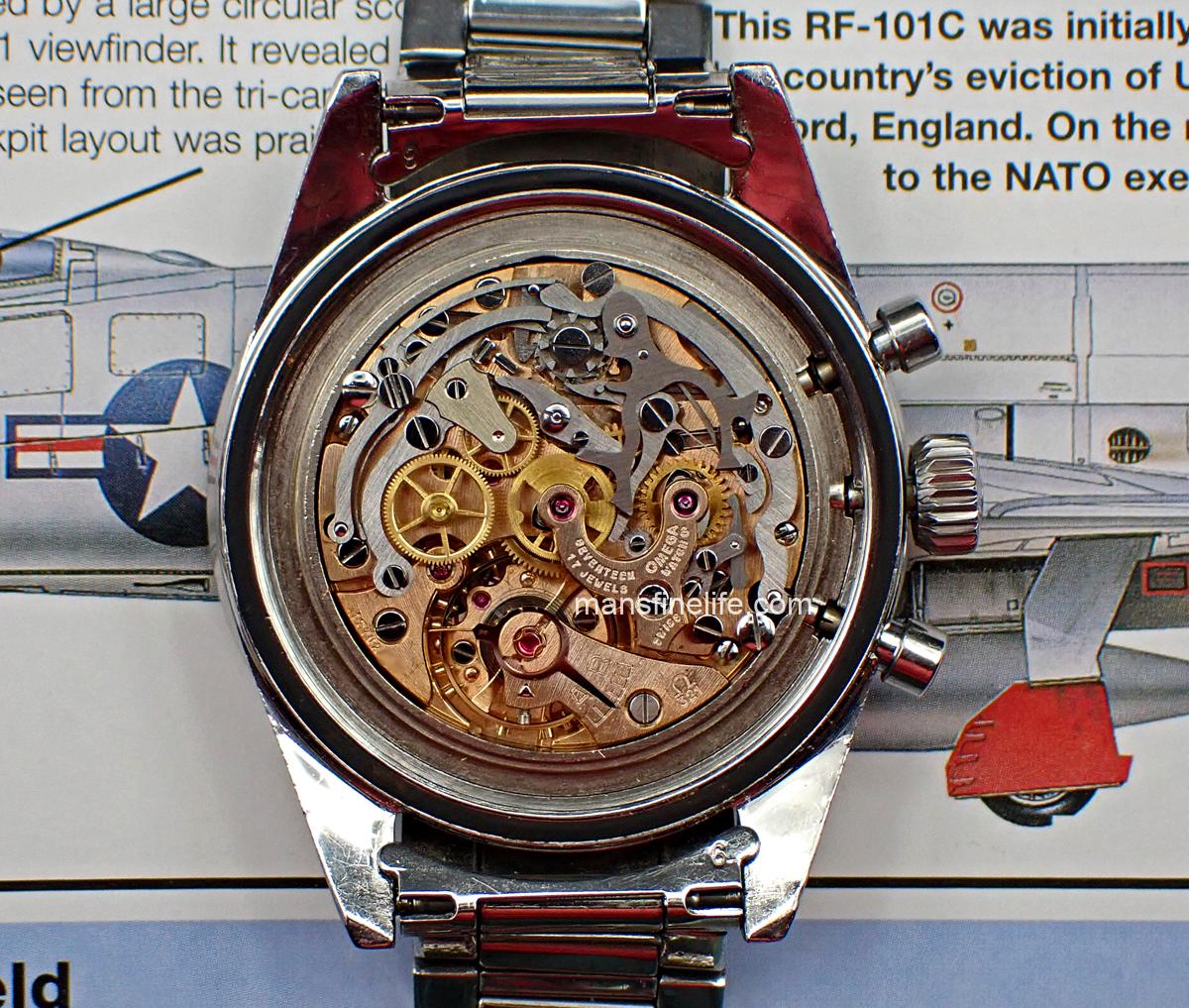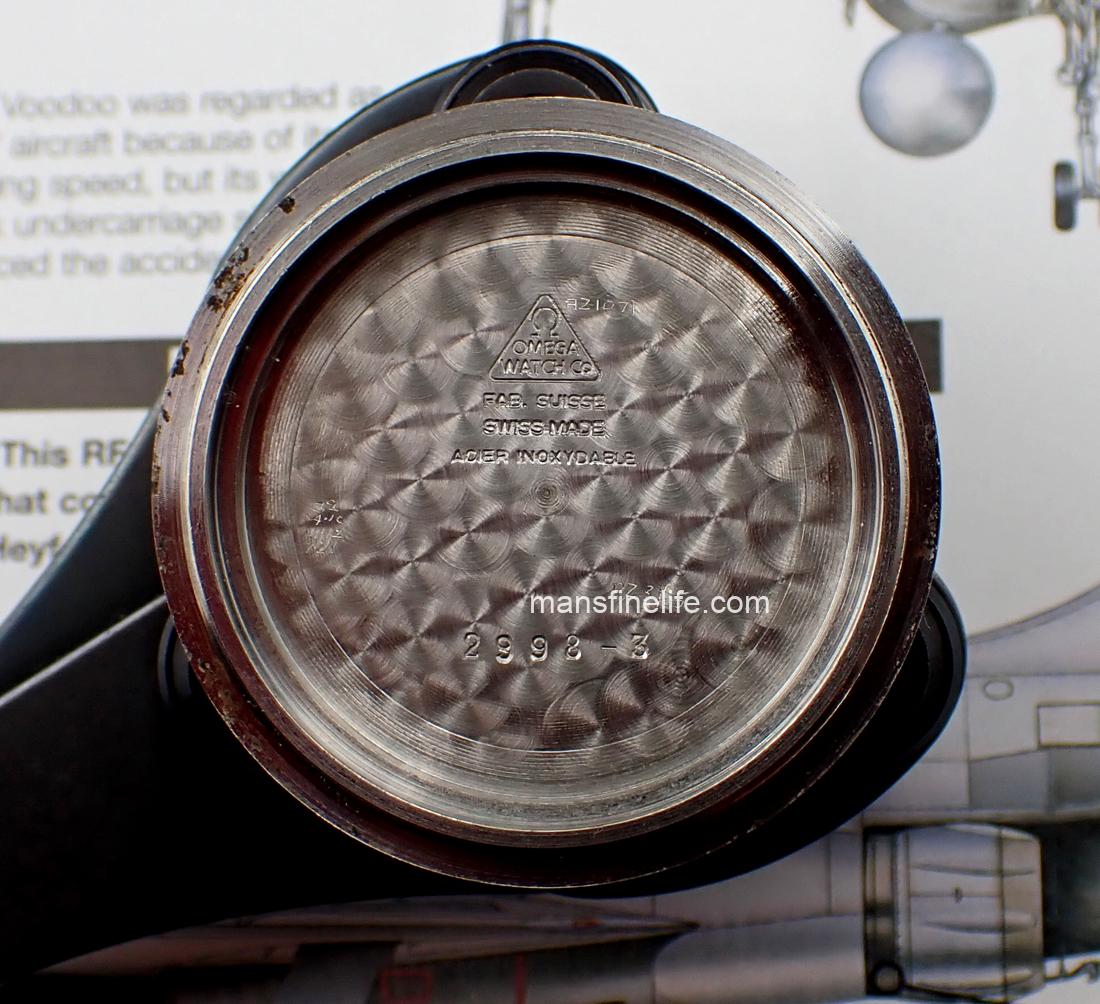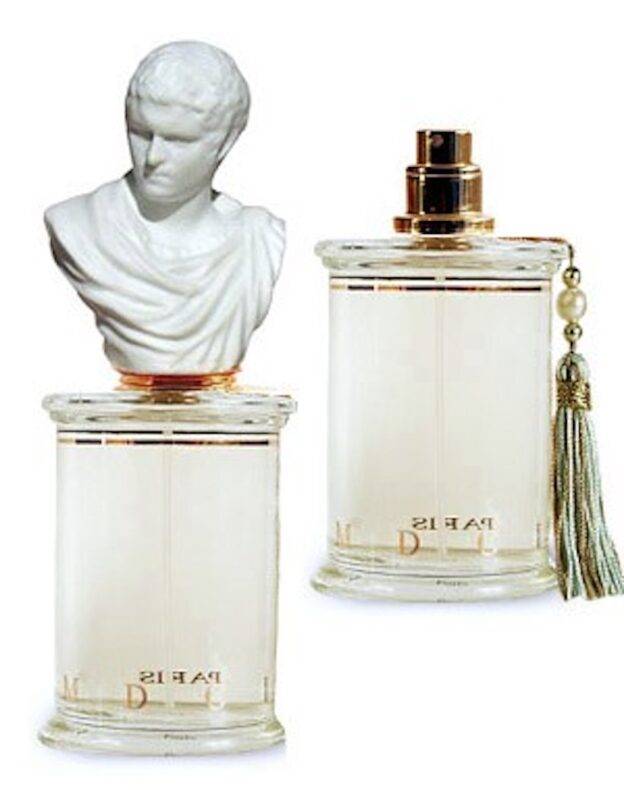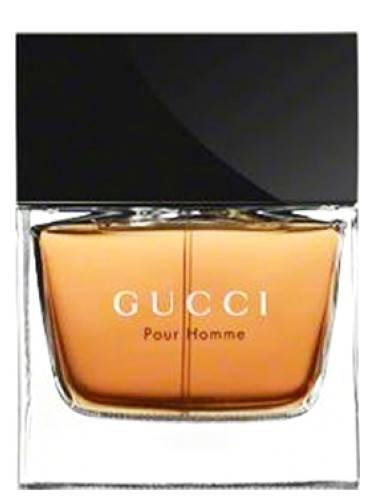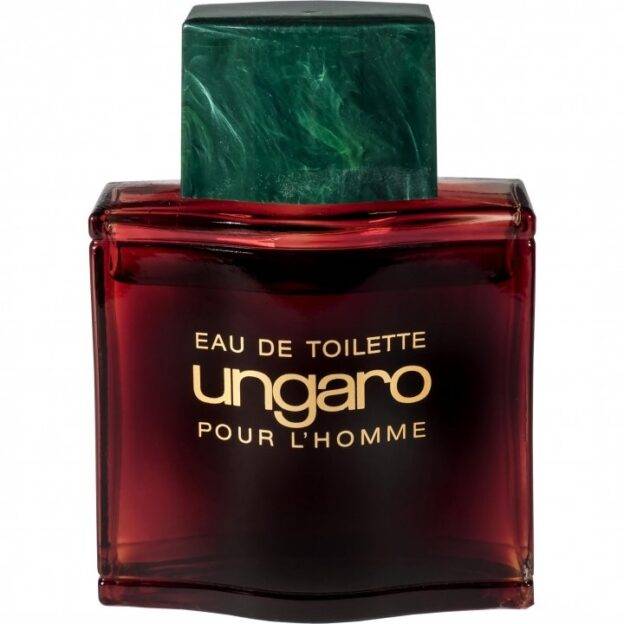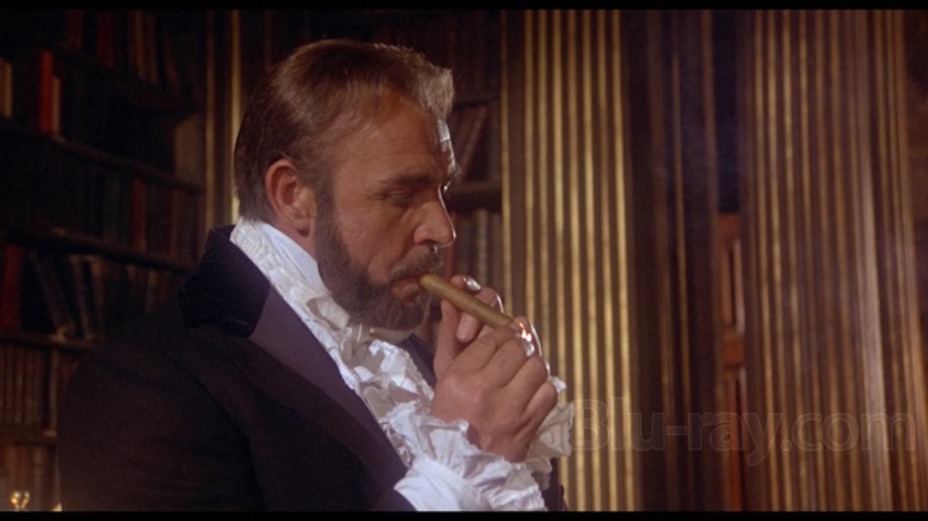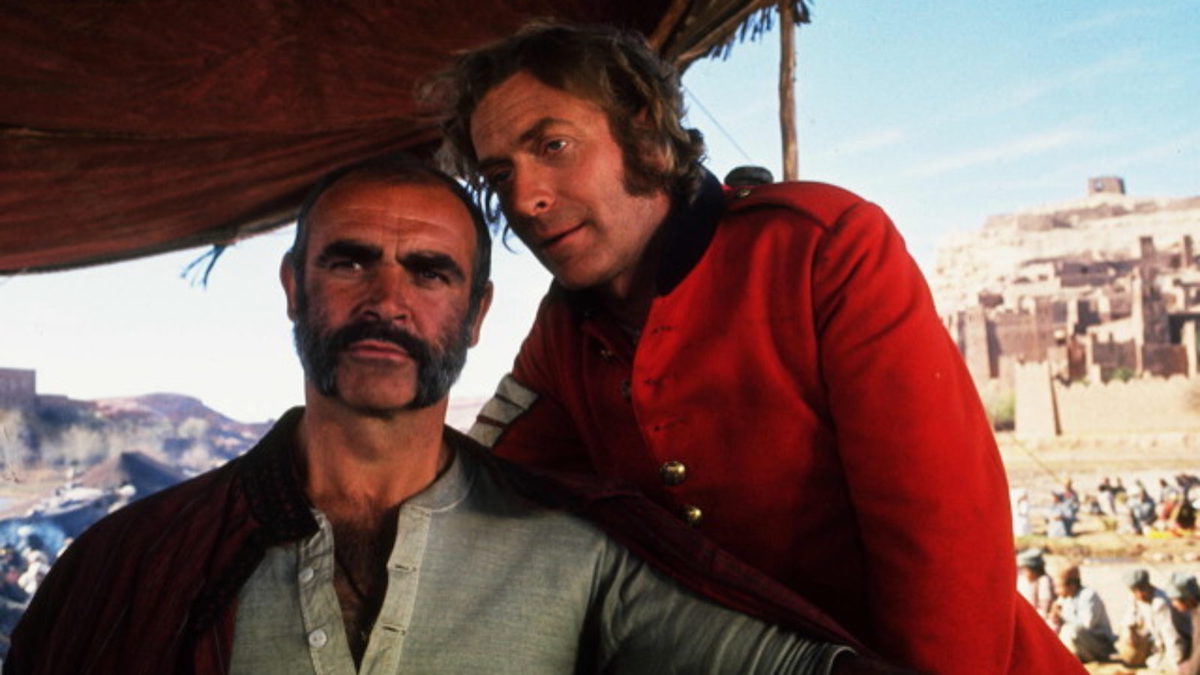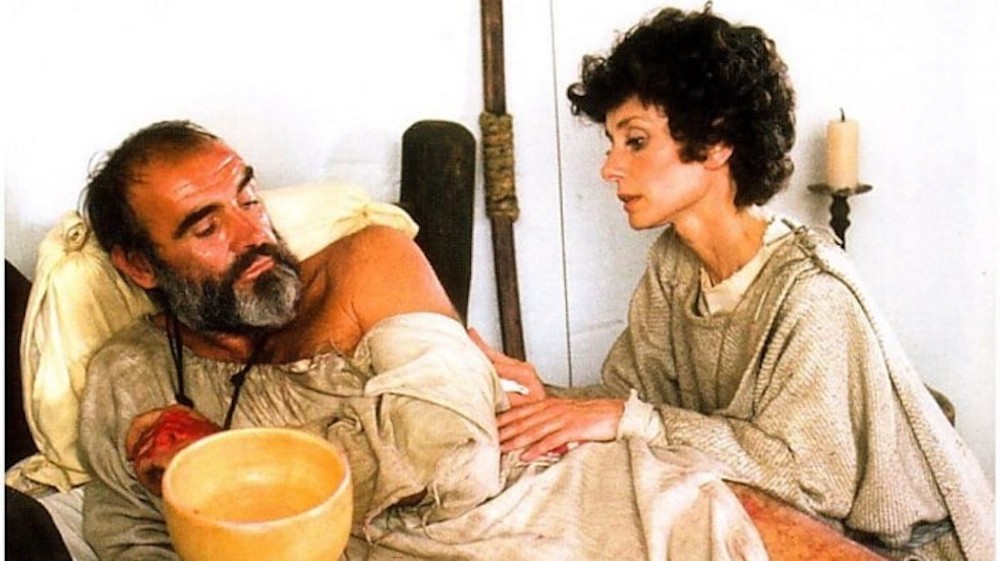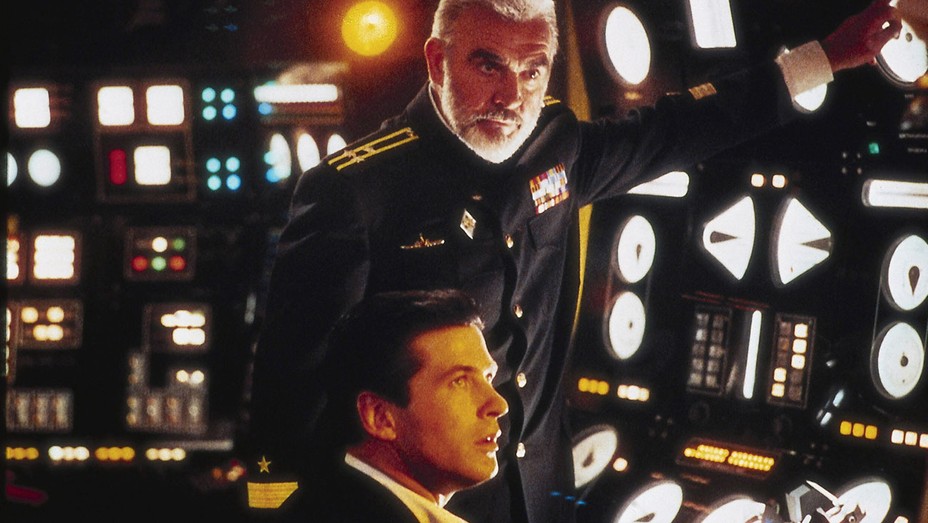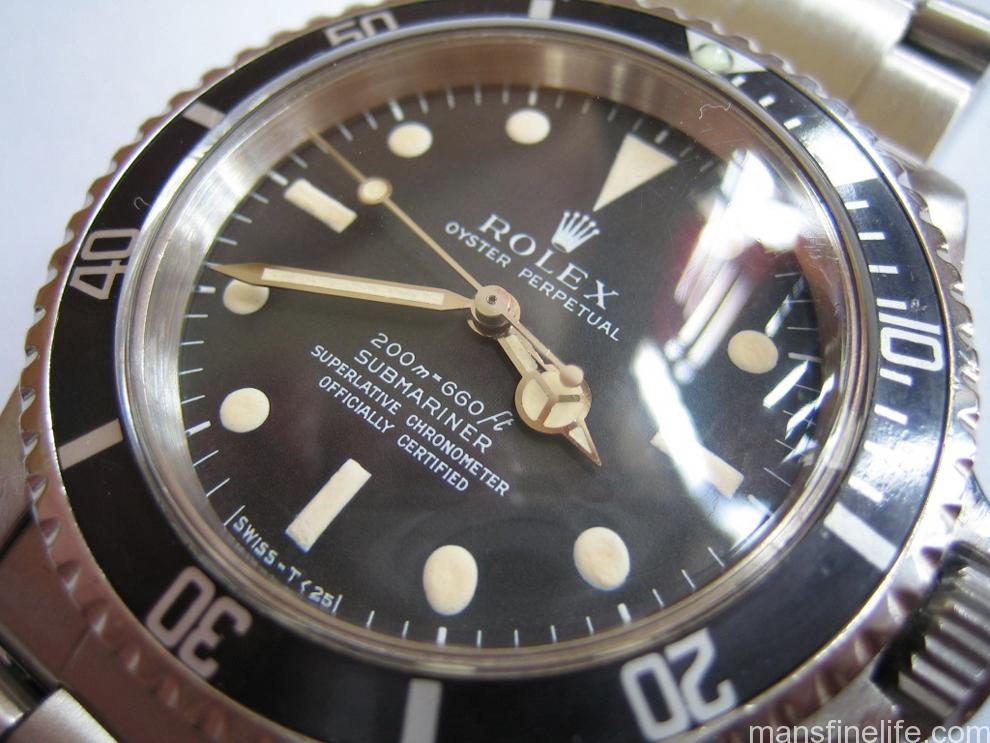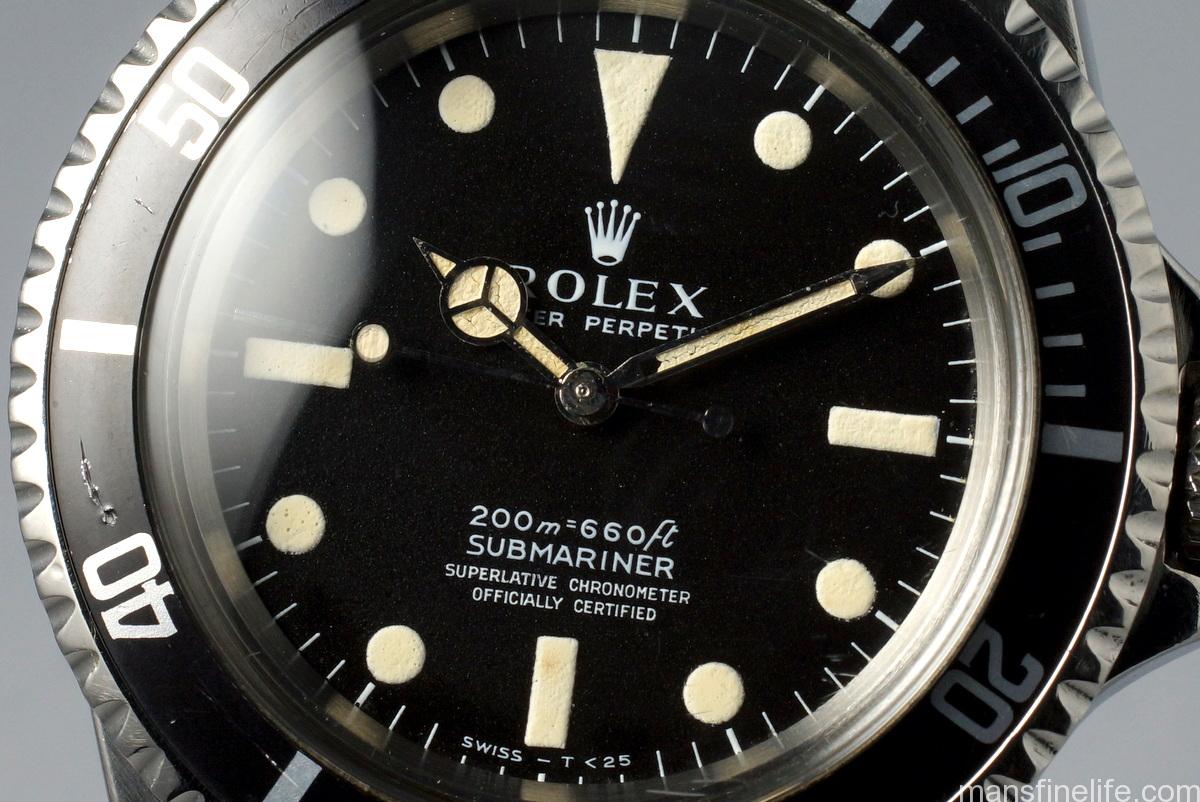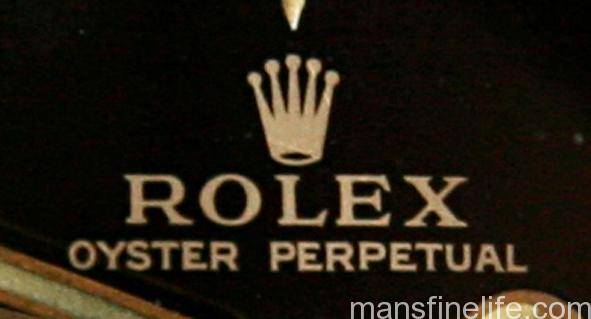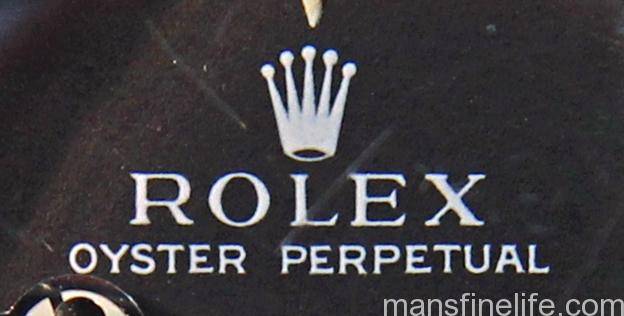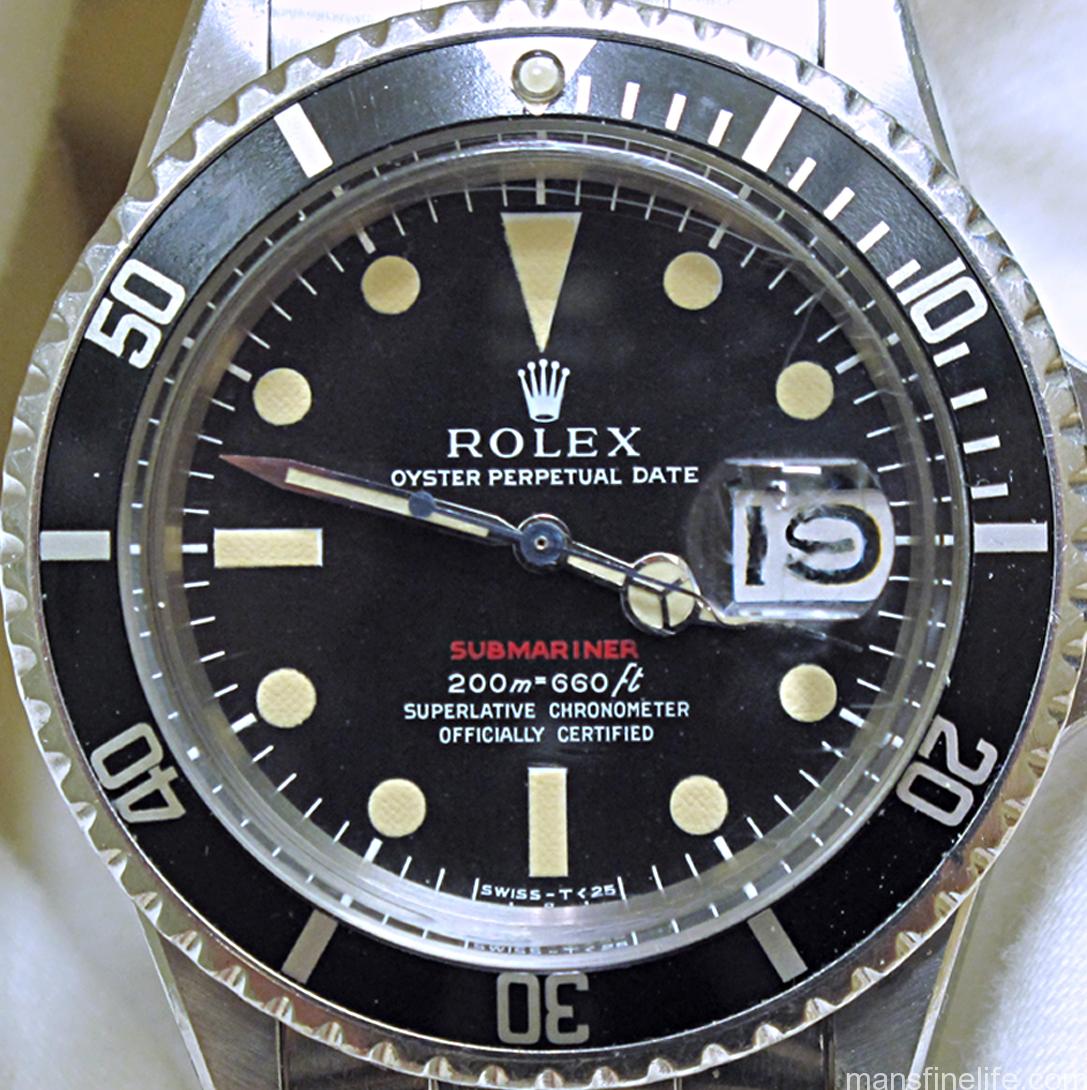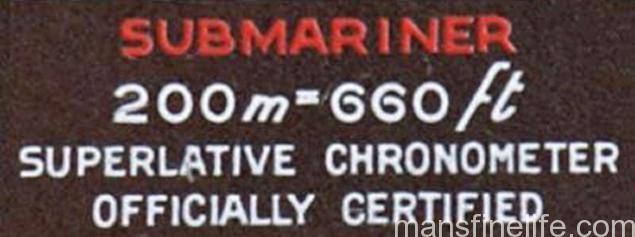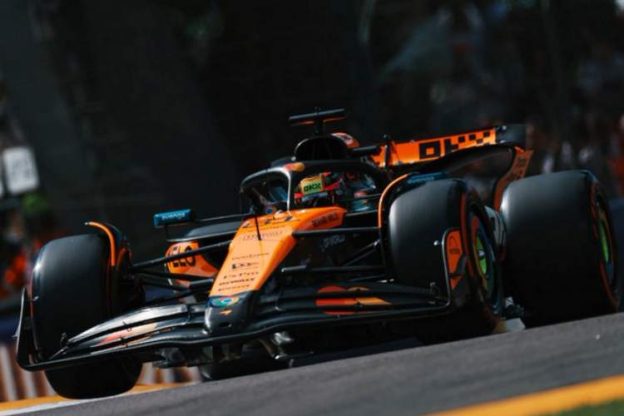Piastri bookends triple header with win in eventful Spanish GP, Norris earns P2 as McLaren keep rolling; Leclerc scores opportunistic podium after late Safety Car; Verstappen loses cool while battling with Russell, penalized 10-seconds and dropped to P10 from fifth place
McLaren’s Oscar Piastri prevailed over teammate Lando Norris and a chaotic late race Safety Car restart to take victory in the Spanish Grand Prix at the Circuit de Barcelona-Catalunya on Sunday. Despite having a reputation for fostering processionals, the circuit served up a very tense and nervy contest, with the leading teams attempting different tire strategies that put the respective pit walls under constant pressure. In the end, McLaren capped off a grueling triple header with three wins in a row after Piastri won in Emilia-Romagna and here in Spain and Norris taking the coveted Monaco Grand Prix victory a week ago. While Piastri never really seemed under threat, starting from pole and leading the first three quarters of the race with aplomb, a late Safety Car on Lap 55 of this 66-lap tilt brought his closest rivals, notably teammate Norris and Red Bull’s Max Verstappen, right back up to his gearbox as his lead was erased prior to the end of the Safety Car on Lap 60. But the young Aussie controlled the restart like a multi-year veteran, jamming on the brakes to balk Norris’s momentum and then sprinting away to reestablish his leading gap, which he would never relinquish en route to the checkered flag.
A dramatic restart! 😱
This was a heart-in-mouth moment between Verstappen and Leclerc 👀#F1 #SpanishGP pic.twitter.com/xO8Qz3USJa
— Formula 1 (@F1) June 1, 2025
Meanwhile Norris also benefitted after the top ten runners all boxed under the SC for fresh Pirellis because, while he and Piastri still had a set of used Soft Pirellis to finish out the race after two previous stops, Verstappen only had a new set of Hards remaining due after running a counterintuitive but still quite effective three-stop strategy. One wonders if he might have been better served by staying out, as this fourth tire change disadvantaged the Dutchman greatly when things resumed and Piastri sped away to end Lap 60 and begin Lap 61. When Verstappen put his foot down for the restart from P3, his car squirmed as the cold Hards struggles for grip and he instantly fell into the clutches of Ferrari’s Charles Leclerc. Leclerc put an overtaking move on the Red Bull down the start-finish straight, with Verstappen banging into the Prancing Horses side pod for good measure as he desperately tried to close the door.
Drama in the closing stages of the race! 😱
Max Verstappen drops to P10 following a 10-second penalty for causing a collision with George Russell #F1 #SpanishGP pic.twitter.com/anhkyJ92pk
— Formula 1 (@F1) June 1, 2025
To rub salt into the already irate Verstappen’s wounds, he next found himself going mano-a-mano with Mercedes’ George Russell, with Russell also attempting to pass as Verstappen took the escape road in an effort to avoid contact. The Red Bull team were quickly on the blower to inform Max that he would have to give Russell P4 due to leaving the track. The incredulous Verstappen instead closed the door while Russell believed he was ceding the position, smashing into the Silver Arrow’s side pods. Fortunately, neither car was badly damaged, though Verstappen was issued a 10-second time penalty for his reckless maneuver, dropping him from P5 at the line all the way down to P10, a massive points loss for for team and driver for a brief moment of red mist.
This benefitted all the other runners from sixth to ninth, with the improbable Kick Sauber of Nico Hulkenberg getting the greatest prize after an already excellent day’s work by being promoted to an astonishing P5, the team’s first points since the opening round in Australia. The second Ferrari of Lewis Hamilton slotted in at P6 on a day when the seven-time champ struggled mightily with rear tire grip. Impressive Racing Bulls rookie Isack Hadjar was vaulted to P7, Alpine’s Pierre Gasly took P8 and Spaniard Fernando Alonso scored in front of the adoring home fans in P9, a fine result on a day when Aston Martin teammate Lance Stroll did not start due to a mysterious post-qualifying injury.
Top1 10 finishes of the Spanish GP:
|
POS |
NO |
DRIVER |
CAR |
LAPS |
TIME/RETIRED |
PTS |
|---|---|---|---|---|---|---|
|
1 |
81 |
Oscar Piastri |
McLaren Mercedes |
66 |
1:32:57.375 |
25 |
|
2 |
4 |
Lando Norris |
McLaren Mercedes |
66 |
+2.471s |
18 |
|
3 |
16 |
Charles Leclerc |
Ferrari |
66 |
+10.455s |
15 |
|
4 |
63 |
George Russell |
Mercedes |
66 |
+11.359s |
12 |
|
5 |
27 |
Nico Hulkenberg |
Kick Sauber Ferrari |
66 |
+13.648s |
10 |
|
6 |
44 |
Lewis Hamilton |
Ferrari |
66 |
+15.508s |
8 |
|
7 |
6 |
Isack Hadjar |
Racing Bulls Honda RBPT |
66 |
+16.022s |
6 |
|
8 |
10 |
Pierre Gasly |
Alpine Renault |
66 |
+17.882s |
4 |
|
9 |
14 |
Fernando Alonso |
Aston Martin Aramco Mercedes |
66 |
+21.564s |
2 |
|
10 |
1 |
Max Verstappen |
Red Bull Racing Honda RBPT |
66 |
+21.826s |
1 |

